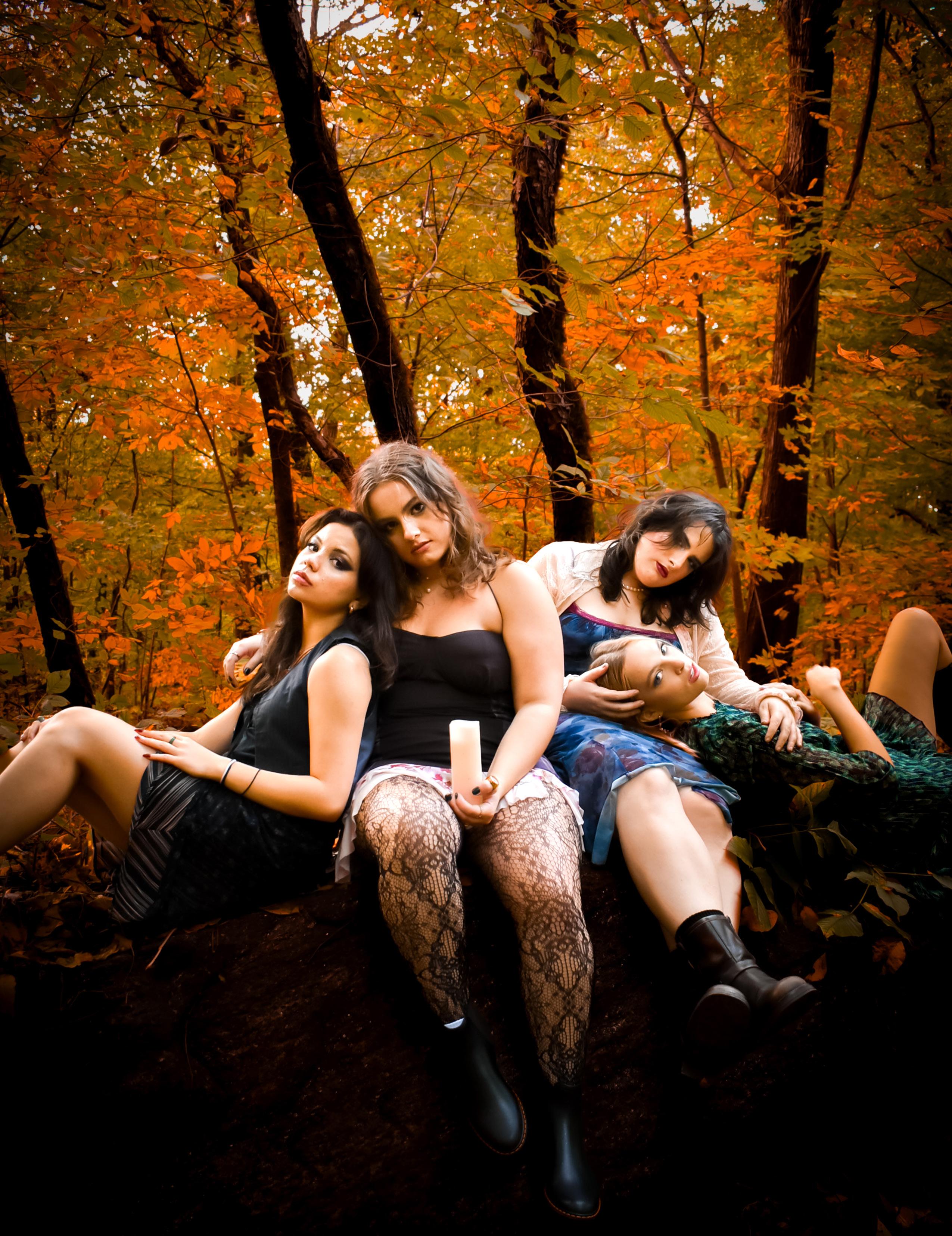
ISSUE NO. 21 FALL/WINTER 2023
MODE
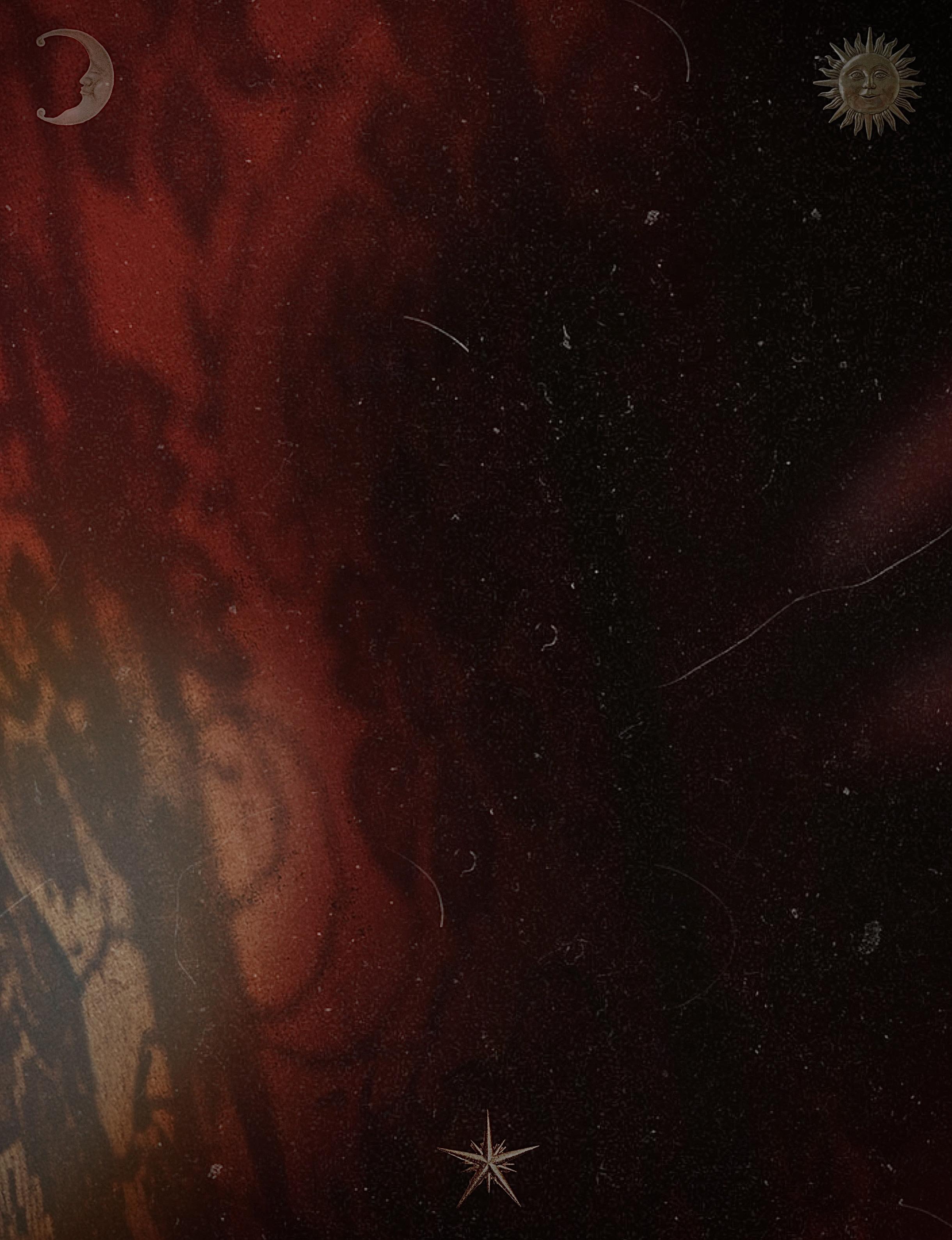
Models:
Grace Gagliardi, Daniella DeYoung
Justina Brandt, Lainey Nguyen

Credits Credits E-Board Authors Layout Photographers Illustrators Stylists Models Cover Shoot: Julia Patterson Bella Reilly Meghan Mahaffey Zhane Coleman Caroline Abella Zoe Ennis Lily Paturzo Andy Meeker Zoey Martinez Sara Morales Lydia Zhang Kelly Cimaglia Grace Gagliardi Elizabeth Lemieux Lainey Nguyen Ciara Bavis Cameron Huber Griffin Biello Rachel Erickson Caralena Cancel Kurt Sippel Molly Chamberlain Sadie Keating Lilly Thompson Brooke Swenson Diana Juarez Ava Kokoros Julia Leedom Kellan Johannensen Henry Pelmas Tati Waxman Melanie Ballard Simona Kovacev Mailynn Arias Daniella DeYoung Erin Penders Meghan Smith Stella McFarland Laura Grogan Julia Maling Harmonie Chang Gianna Benasillo Ella Keddy Claire Krieger Ava Deramo Allie Vasquez Emma Keith Mia Guzzo Gabriella Nisco Gia Lanteri Victoria Broadbent Caroline Abella Nora Dettling Zoe Ennis Carson Waldron Zhane Coleman Jackie Kobeski Elizabeth Sadler Ally Nash Harmonie Chang Maddie Boone Rachel Erickson Anna Brown Grace Biesterfeld Amelia Ferguson Genevieve Vanston Julia Leedom Liz Lemieux Lucia Marino Cindy Liu Fashion Editor: Molly Chamberlain Love & Relationships Editor: Hennessy Nguyen Beauty Editor: Gracie Kunkik Arts & Entertainment Editor: Tori Broadbent Lifestyle Editor: Bella Reilly Editor in Chief: Carson Waldron Creative Directors: Amelia Ferguson & Jenna Vanston Secretary: Kelly Cimaglia Photo Editor: Elise Anstey Managing Editor: Sophie Dreskin Fundraising Chair: Elizabeth Sadler Treasurer: Lauren Walczyk Beauty Team Chair: Molly Fitzpatrick Social Media Manager: Natalia Cruz Caroline Abella Kayla Mora Grace Biesterfeld Amelia Ferguson Nina Ivcevic Alex Gallina Elizabeth Sadler Jenna Vanston Aoife Harris Lauren Walczyk John Silaban Kayla Mora Lily Paturzo Niamh Cogley Stephanie Lane Kayla Hart Lainey Nguyen Wes Scott Riko Schulz Sophia Rivera-Korver Paolo Liaci Natalie Conte Annabelle Hochberg Diana Juarez Leah Stuart Paridhi Pagariya Justina Brandt Simona Kovacev Camille Rivas Andy Meeker Elizabeth Sadler Mo Salzer Amy Malburg Chrissy Thebuwanage Natalie Conte Annabelle Hochberg Alessandra Savarese Alex Gallina Caroline Abella Ciara Shore Daniella DeYoung Emerald Ragan Erin Penders Harmonie Chang Josh Mocklin Kamryn Chubb Kate Dowd Lily Paturzo Marlena Wrabley Mia Guzzo Molly Chamberlain Molly Fitzpatrick Natalia Alvarez Niamh Cogley Rachel Erickson Rose Morse Sara Morales Warda Hassan Ally Nash Amelia Dinh Amelia Ferguson Andy Meeker Aoife Harris Audrey Hoffman Ava Deramo Bella Reilly Bella Sabino Camille Rivas Caroline Abella Cassandra Crisman Chloe Lefaivre Ciara Shore
Bedingfield Daniella DeYoung
Grono
Anh
Nguyen
Sadler
Keith
Dunphy
Gonzales Gaby Simporios Gia Lanteri
Gagliardi
Chang
Pelmas
Colleen
Daniella
Dieu
Julia
Elizabeth
Emma
Fiona
Gabrielle
Grace
Harmonie
Henry
Jacquelyn Harris Jaiden Kennedy Jenna Vanston Kaitlin Rigley Kamryn Chubb Kareena Kayla Kumar Kathryn Koness Kathryn Labagh Kelly Cimaglia Keneesha Nadar Laura Grogan Lauren Larsen Lauren McNamara Lily Paturzo Liz Lemieux Lucas Randell Mackenzie Neviaser Maddie Thompson Malgorzata Gorska Marlena Wrabley Megan Blaustein Meghan Mahaffey
Melissa Brugmann
Mia Garcia
Mia Guzzo
Mo Salzer Molly Chamberlain Molly Fitzpatrick
Morgan Jones
Natalia Alvarez
Natalia Cruz Niamh Cogley
Nicole Castaneda Olivia Gutt Paridhi Pagariya
Rachel Erickson Roxanne Fernandes Sara Morales
Sarah Zampino Sebastian Correa Sophia Rivera-Korver Tati Waxman Tristan Lee Victoria Pérez-Huerta Warda Hassan
Zoe Ennis
Zoe Gilson Zoey Martinez
Photo Editor: Elise Anstey Makeup Artist: Molly Fitzpatrick Props: Sarah Shanahan

Table of Contents Table of Contents 6 Artist to Know 8 “I Support Women’s Wrongs” 9 A House of Witches 10 “Ladies, Start Your Engines!” 11 Only Bad Witches are Ugly 12 Seduction, Repulsion, Fascination: The Queer Connection with Vampirism 13 #witchtok 14 Yellow Jackets in the Woods 16 The Female Experience 17 Body shaming Women in the Limelight 18 Portrait of a Mad Woman 20 Mobbed by Sentiments: The Reality of Virginia Hill 21 The Love Witch: The Female Gaze 22 Bug Like an Angel, Mitski Like a Witch 24 I’m Almost on the Big Screen: The History and Future of Asian Representation in Hollywood 26 Delicate: A Departure from American Horror Story’s Discomfort Zone 27 Tumblr Girls. 32 So Entrancing, She May Have Powers: Stevie Nick’s Persona as the Witchiest Woman In Music 33 The Spells of Stevie Nicks 34 The Lore of Leather & Lace 35 What Would Wednesday Addams Do? 36 Truth Lies in the Cards 37 Twenty-Year-Old Palms 38 An Ode To My Velcro Vans 40 The Denial of Women’s Inherent Human Rights 42 Madonna: Daring to Dress Brave 44 Accessorizing V.S. Accessory: Challenging the “Rockstar” Girlfriend Label 46 Rebel, Agitator, Icon: Alexander McQueen 47 Lily-Rose Depp: Redefining the Gothic Look 48 Rei Kawakubo 50 Beginner’s Guide to Sustainable Fashion 51 From The Costume Department to your Closet 52 Feline and the Feminine 55 Body-ody-ody: How Black Women in Rap are Reclaiming Their Sexuality 56 The Allure of the Sick Chick
Letter From The Creative Directors Letter From The Editor Letter From The Editor Dear Reader,
From my first experience with MODE, quarantined in my freshman year Alumni Court South dorm room, writing this letter has been something I have aspired to. I cannot be more pleased to welcome you to MODE F/W 2023: Bitchcraft. In the same dorm room where my love for MODE blossomed, my friendship with our Arts & Entertainment editor Tori Broadbent also began over our mutual love of American Horror Story: Coven, the inspiration for this issue. AHS: Coven has always held a special place in my heart, as it has allowed me to explore the realm of the supernatural. I wanted our members to keep this in mind when realizing their ideas for this issue, and to not restrict themselves to what we know in the physical world.
MODE has always been about learning, both through creative avenues and the stories of others. This edition especially encourages us to listen to the stories of women. Before you continue I heed a word of warning; This issue is for women to speak and for us to listen. Many, many thanks are due for this edition of MODE, firstly, our fabulous E-Board for their hard work and continuous support in my new role this year. Special thanks to our co-creative directors for executing their role perfectly this year, and Elise Anstey for our fabulous cover shoot.
I cannot wait for you to read the following pages. As
Letter From The Creative Directors
Being on MODE’s creative team has been a dream come true, and I am beyond excited for you to read this edition of our magazine. I am so grateful to all of our members for contributing their time, dedication, and thought to making each and every page of MODE sparkle. My first edition of MODE as a creative director celebrates feminine beauty and embracing your rebellious side. To all of our readers, especially my fellow witchy women, please savor this little piece of my heart.
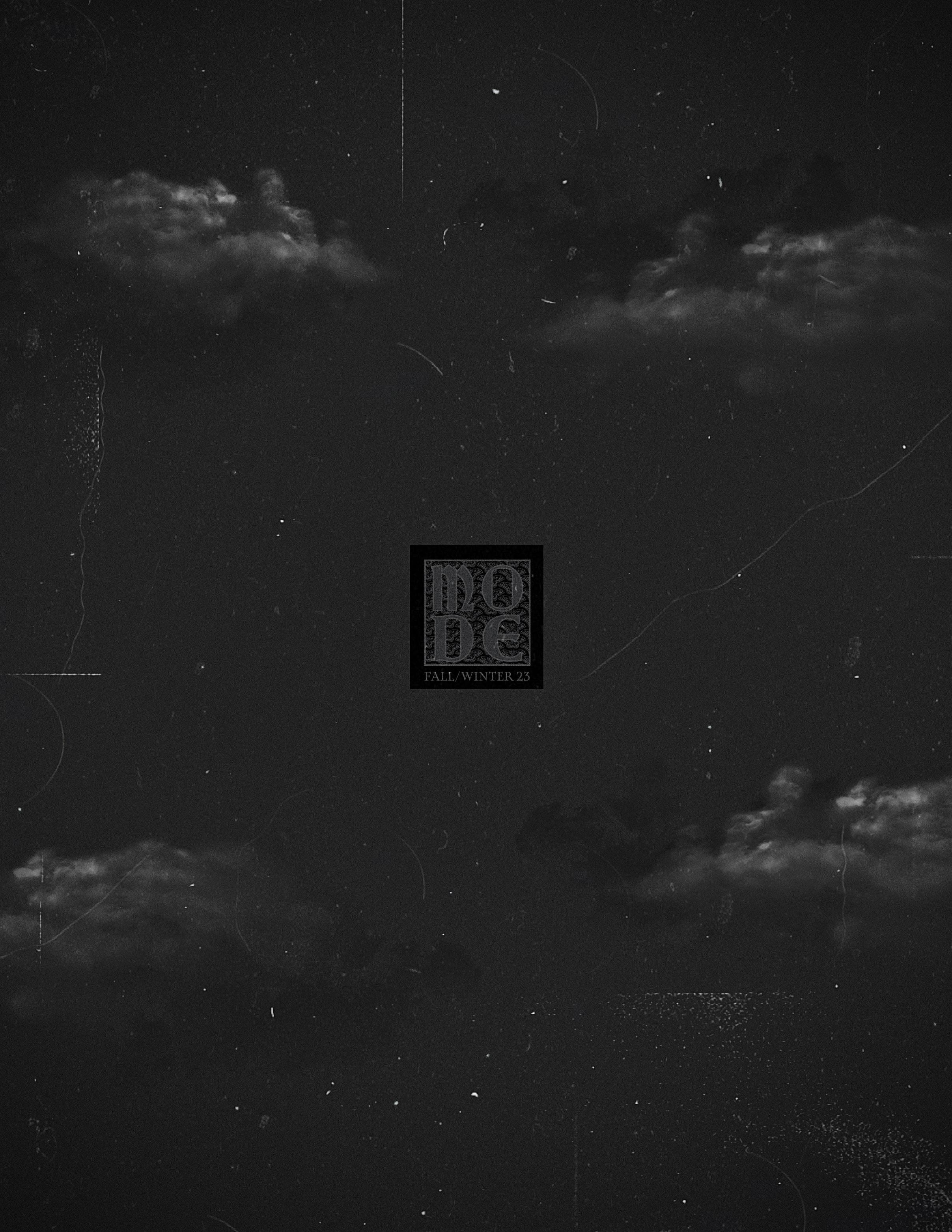
The gratitude I hold for MODE magazine is hard to explain in just a few sentences. I am so thankful for every experience I’ve had with the magazine: every drawing, every photo taken, every conversation with fellow students to see how we can make something real and tangible from our ideas alone. I am simply grateful.
I am also beyond flattered that I was elected on to this position by many of you. It has been one of my favorite parts of my college career yet, and I cannot wait for what’s in store.
I want to thank you all again for making MODE so supportive and so FUN! It’s been an honor celebrating the power femininity, and the joy of being a little bit of a (W)itch with all of you.
All my Amelia.love,
always,
love,
Waldron
lots of
Carson
Much love Jenna.always,


Blog Spotlight
ManifEst YOur DrEaM LifE
Ella Keddy
DO WitchEs alWaYs WEar BLack LacE?
Lilly Thompson
curvY cOnsignMEnt: tips tO thrift
Daniella DeYoung
aMY DunnE: thE antagOnist WOMan
Liz Lemieux
thE MagicaL nYth Of gEnDEr
nEutraLitY
Henry Pelmas
Bitchcraft is thE art Of BEcOMing a
WOMan
Gia Lanteri
Q: Where did you come up with the name Lovpune?
A: Basically, what had happened was I was like in LA driving and I was stuck in traffic at night, and I saw Lovpune on someone’s driver’s license plate. Before that, I had been thinking I needed to change my artist name, because before it was Mia Madden – my real name. I was wrestling with a lot of other names, and then I was just like “f*ck it”: I’m just gonna make it Lovpune because it kept coming back in my head.
Q: Getting right into it talking about your new single “Never Knew”, can you tell me a little bit about the idea behind that song?
A: Yeah, so the song, it’s basically like a letter to my mother, kind of touching on the subject of just growing up and being queer, living in Texas and like a very conservative Republican family. It’s also about me coming out to my mother, which happened last Thanksgiving, and I’ve been dealing with that because it didn’t necessarily go well. And so writing that song was kind of therapy. And I feel like with a lot of my music, it’s all I’ve like working through my traumas through my songs.
Q: Tell me about what it was like leaving Texas and moving to New York, in regards to discovering yourself & your sexuality.
A: So it was probably the best thing that ever happened to me is leaving Texas. I have a love-hate relationship with Texas and so yeah, leaving and kind of finding my own way in the world, especially in like a big f*cking city…it was crazy. And it’s actually funny that we’re talking about this because I have a new single coming out called “All My Friends” – I haven’t promoted it or anything, but I wrote it kind of like a love letter to my friends that I met in New York because that was the first time that I started hanging out in queer spaces and going to drag shows and going to queer nights and lesbian nights. And yeah, and now, yeah, I’m bisexual and I’m fully in love with my girlfriend and I’m so happy. And I feel like if I never left Texas, I would have never gotten to that point. And I just feel so close to myself, like my authentic self now.

Lovpune artist to know
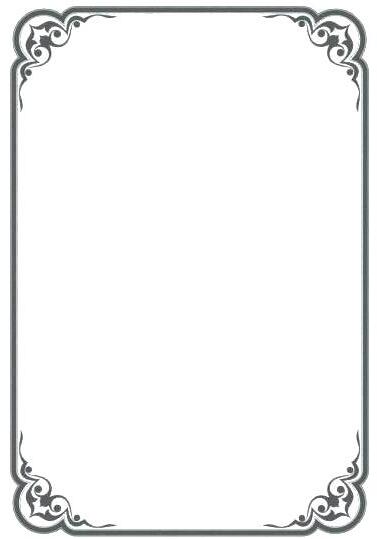
check out more of lovpune’s music:


Q: What advice would you give to your younger self, or any young person experimenting and figuring out their sexuality?
A: The advice that I would give myself or anybody else is to just, which is like what everybody says is: try not to care about what people think as much. But it’s hard because we are conditioned that way to be… to kind of conform and be normal. It’s hard for some people who are not normal, and it feels very limiting, and you end up not being your true self. If I were to tell my young self, I’d be like:
Just try to be the most like yourself, and don’t be scared if you upset people, or you anger people with the way that you are truly, because that’s just who you are naturally. “
Q: What do you hope that fans or people who listen get from your music?
A: The most important thing I would want for them to get from my music is comfort, you know, because I think when I was younger, you know, I would have liked to hear music like this, that was very freeing, like even especially with my new song, “Never Knew’.
listen to “Never Knew” on Spotify: ”

Photos provided by Mia madden Interview & Layout by Tori Broadbent


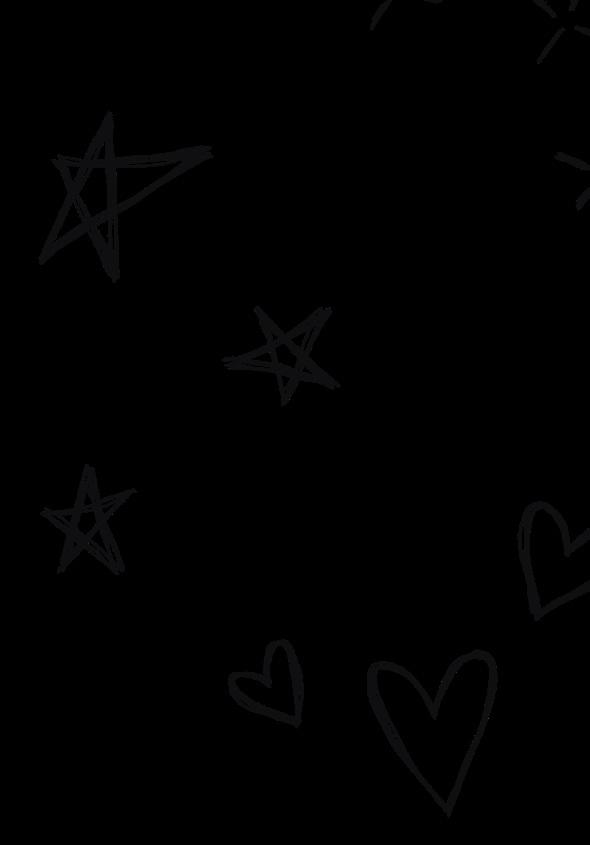

The messy, unhinged, imperfect female character often has poor intentions and questionable morals. Though widely in the past, these characters were collectively viewed as an example of how women should not behave, they are currently more commonly accepted and praised – now leaving many online to express their feelings through the phrase: “I support women’s rights and wrongs!”
Often in recent years, people will look back at these female characters of the past with a new mindset, as a result of online culture and continuous feminist movements, as being a “girl boss” and “icon.” Now, many see these women as examples of how to be strong, confident, and unafraid to make mistakes. Views of womanhood can now be more commonly understood and less criticized for simply being, especially for what they often are: ugly and unappealing. This more complex view opposes an older archetype that was more often widespread in media of a subservient woman who always exists as the perfect object with no complaints.
Most recently, the film Bottoms (2023) has depicted messy and poorly intentioned lead female characters who are unafraid to be as loud and unapologetic as male characters often are. This film and its positive reception show how our culture has progressed, with more of the general public willing to understand and respect the film for what it is: an exaggerated satire that critiques the misogyny in our society. Now, it is more often that female characters are viewed with as much depth and complexity as male characters.

Despite many of the positives of this mindset,



many online will often use this phrase as an excuse to romanticize and praise every part of a character, even when there may be real-life implications that can add to a culture that harms many in the name of deeming something “iconic.” A popular character that falls into this category is the narrator from the novel “My Year of Rest and Relaxation” by Ottessa Moshfegh. Many defend the character’s actions of racism in the name of an aesthetic despite the author not intending for this complex character to be viewed as being in the right, regardless of anything else. Embracing such aspects of a character to a harmful length may result in reducing the female character to no longer being seen as having agency and autonomy. Not acknowledging the nuances of complex characters and praising everything at face value despite all else leads to the female character being treated as not knowing any better and then takes away what makes any wrongs more human.
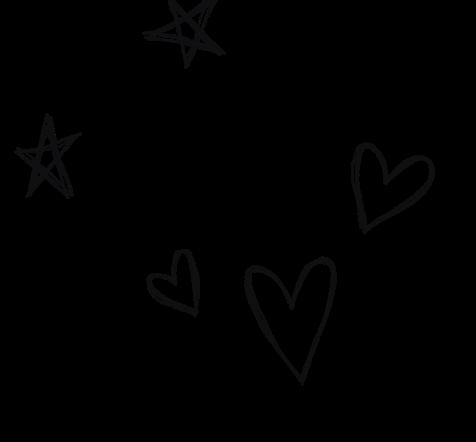



A House of Witches
Written by: Zoey Martinez
“The Squad” is the “Coven” of the United States Congress – one of femininity and power. Made up originally of Alexandria Ocasia-Cortez, Ilhan Omar, Ayanna Pressley, and Rashida Tlaib. The self-titled “squad” was first created after the 2018 elections. While a few new representatives have joined along the way, the OG members have continued fighting for their communities throughout each election cycle. For many young girls, it was empowering to see these women represent us on such a big stage, so why did so many people fear it?
According to Serenity Young in her book titled Women Who Fly, women were believed to hold powers such as flight, communication with the dead, and overall disobedience of patriarchal norms dating all the way back to Medieval Christian times. Sounds fun, right? However, as time went on, they became the faces of evil as they were believed to worship demonic figures more than their male counterparts, which, let’s be honest, men can’t handle. No matter the powers that they believed these women to have, the men surrounding them could not stand feeling inferior – it’s almost as though the men in Congress today were inspired by such ideals.
Immediately following the primary elections in 2018, members of the squad – particularly AOC – were ridiculed by Republicans for their so-called lack of experience and knowledge despite proving themselves in multiple aspects of their campaign and advocacy. Moreover, these experiences are not exclusive to the women of the squad. For decades, women have been undermined in politics. No matter their political party, when a woman expresses her ideas with passion, she is often seen as emotional or irrational. Sometimes even hit with the phrase that we know all too well, that we need to “calm down.” This, however, only slashes the credibility of what she is stating, making it seem as though her opinions are less important than those of her male counterparts – just like the witches of the Middle Ages.
While the women of Congress may not have physical superpowers, they are able to band together, similar to a coven, and fight the patriarchy that has been haunting us all for centuries.
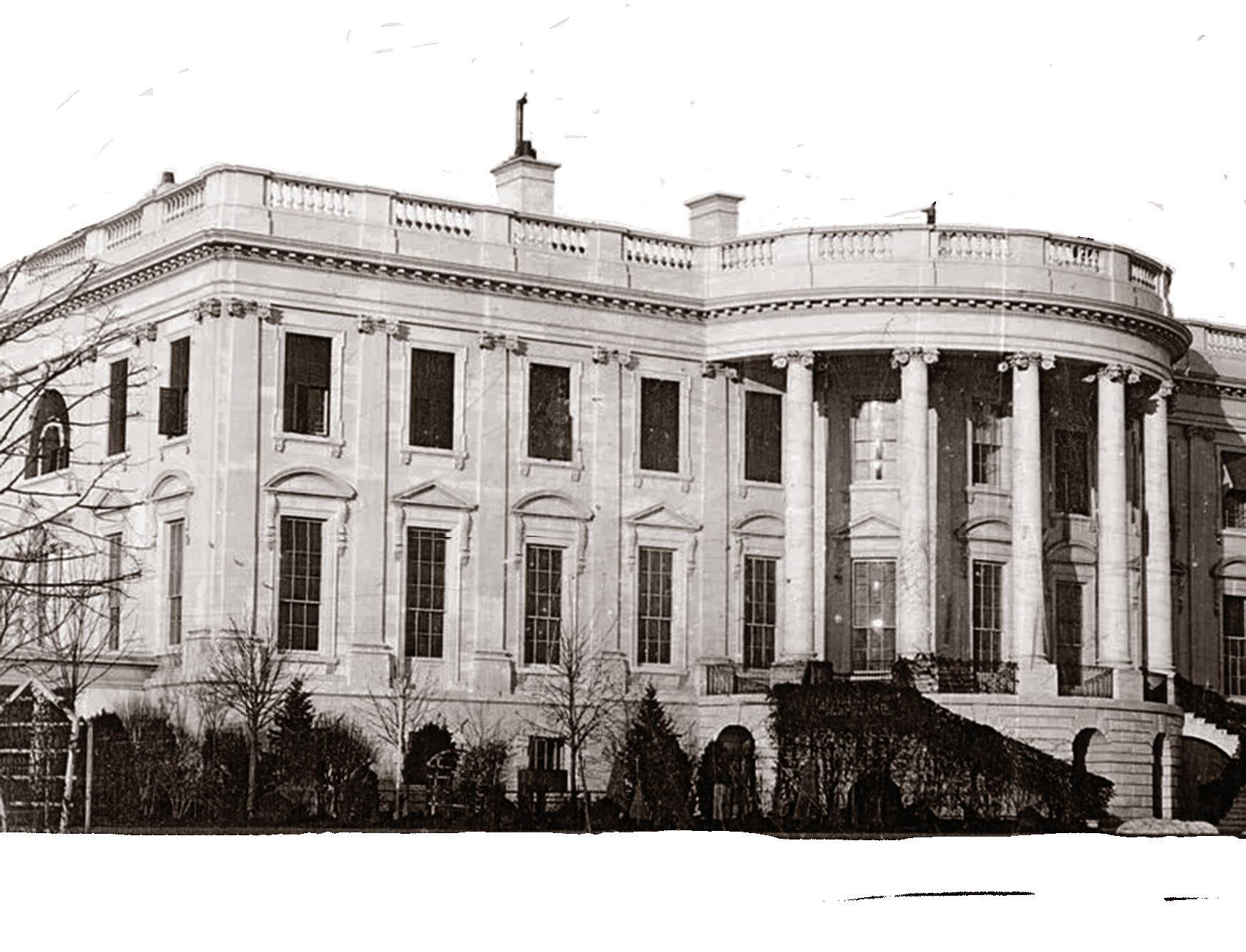
Makeup: Sydney Baker
Layout: Maddie Boone
Photographer: Kayla Hart
Models: Cassandra Crisman, Warda Hassan, Keneesha Nadar

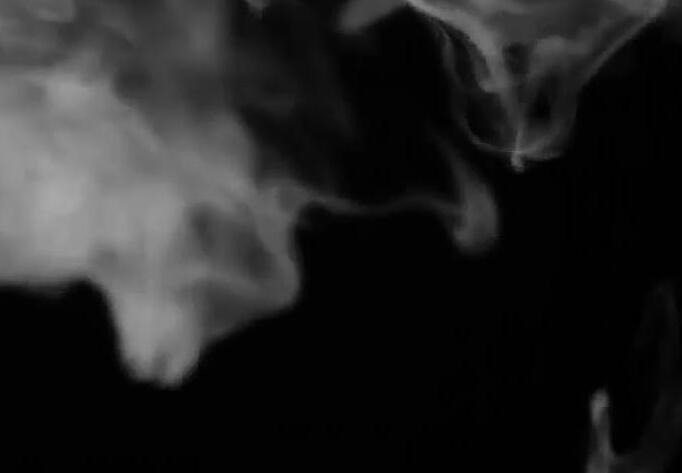

“If you can’t love yourself, how in the hell are you gonna love someone else?” This is RuPaul’s infamous line from the end of every Drag Race episode. While the sentiment has reigned true for most of the drag community, the invitation is not always as easily open to everyone. The show has undeniably shattered barriers that have held back all members of the queer community. The problem, however, is that the Drag Race franchise has been known to gatekeep the drag world with a particular aesthetic, and we can easily lose the true meaning of drag in the process. The art of drag is expansive, and in its simplest form, it is any appearance or character that isn’t considered “appropriate” to the performer. Drag takes the normative and gender structures we have created, modifies them, makes them camp, and exaggerates the hell out of them.
People say

it’s mockery without seeing its appreciation, say it’s disgusting without seeing its beauty, and say it’s harmful without seeing all the good it can do. Some of these misconceptions can be part of the fun, but the assumption that it is only for one type of person isn’t fun for anyone!
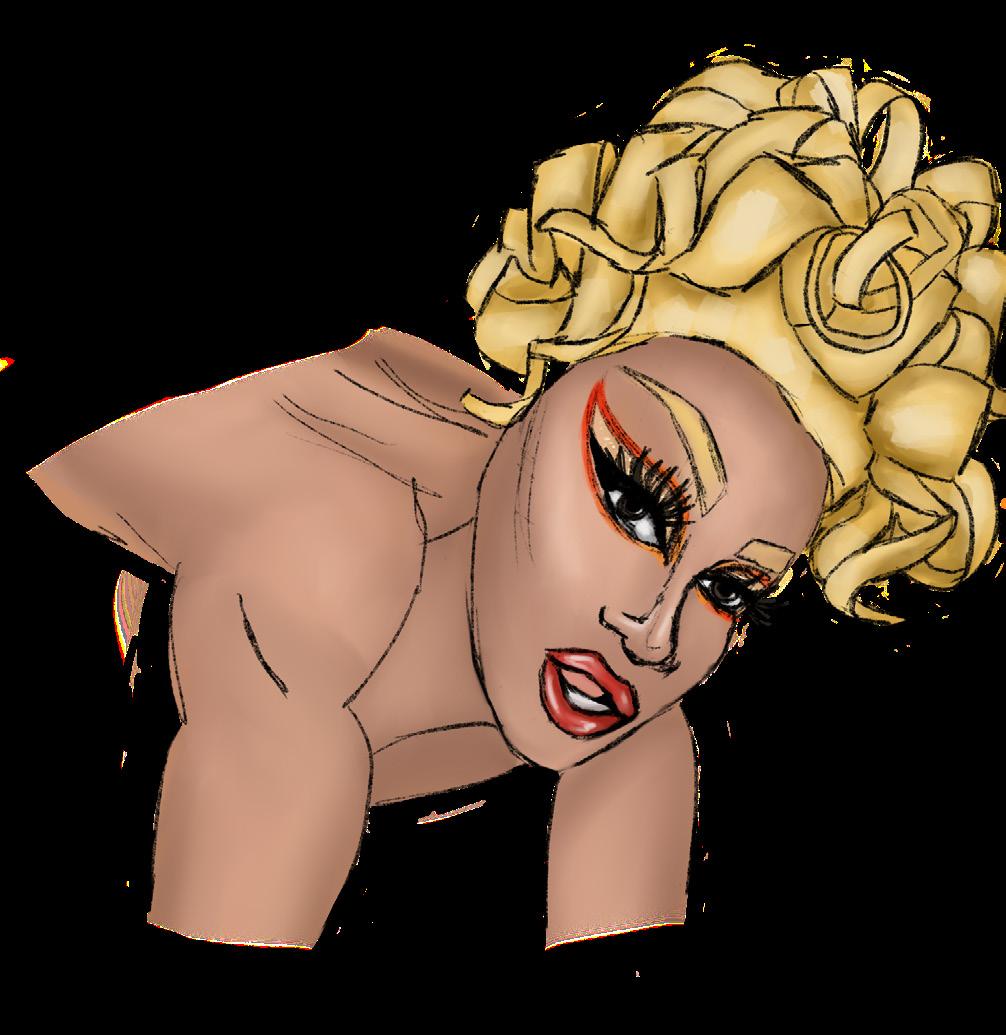

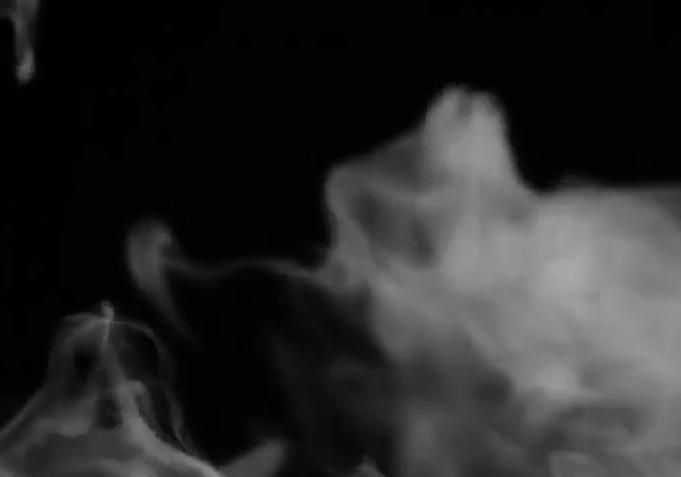
In The Washington Post, trans drag queen Monica Beverly Hillz writes, “Trans women of color have put their bodies on the line. They threw some of the first bricks at Stonewall to demand for our rights and snatched national titles in the drag pageantry scene.” Drag history comes from the deepest corners of the queer community, yet there have been efforts to cut these important groups out of the drag world.
Drag dares to blur the lines of gender expression and queer art, so we need our most potent and fierce competitors to help blur those lines, regardless of their gender expression, sexual orientation, or skin color. Anything and everything is welcome. Drag Race is, in essence, a competition; we all love it, and while it’s definitely “Not RuPaul’s Best Friends Race,” there’s no reason we can’t all love drag together, the way it’s intended. *Tongue pop*
Written by Griffin Bilello
Illustration: Caroline
Abella
Layout: Zoe Ennis
ONLY BAD WITCHES ARE UGLY
BY GRACE GAGlIARDI

Our iconic ultra-pink Barbie-girl summer concluded, and we welcome the ghastly autumnal hues to emerge for the Spooky Season. Our most beloved eerie characters—yes, even traditionally vilified witches—can still come in
blush-colored frill and flare.
Glinda, the Good Witch of the South, first introduced in L. Frank Baum’s original 1900 version of The Wonderful Wizard of Oz, is the first nontraditional idea of a witch in popular media. Serving as Dorothy’s warm, guiding maternal figure, she reclaims and redefines the notion of witches through her high femininity and leadership.
Glinda is presented wearing her iconic pink, sparkly, tulle, bedazzled dress, guiding and teaching Dorothy the valuable lessons of the story along the way. As the first of her kind, she is the “it-girl” witch, paving the way for other “good” witch characters in popular media. As Baum explains in his original book version, Glinda is “kind to everyone” and “the most powerful of all the Witches” in the Land of Oz. She is also the first idea in the entertainment sphere of a witch as a protagonist, not a sidekick or antagonist.
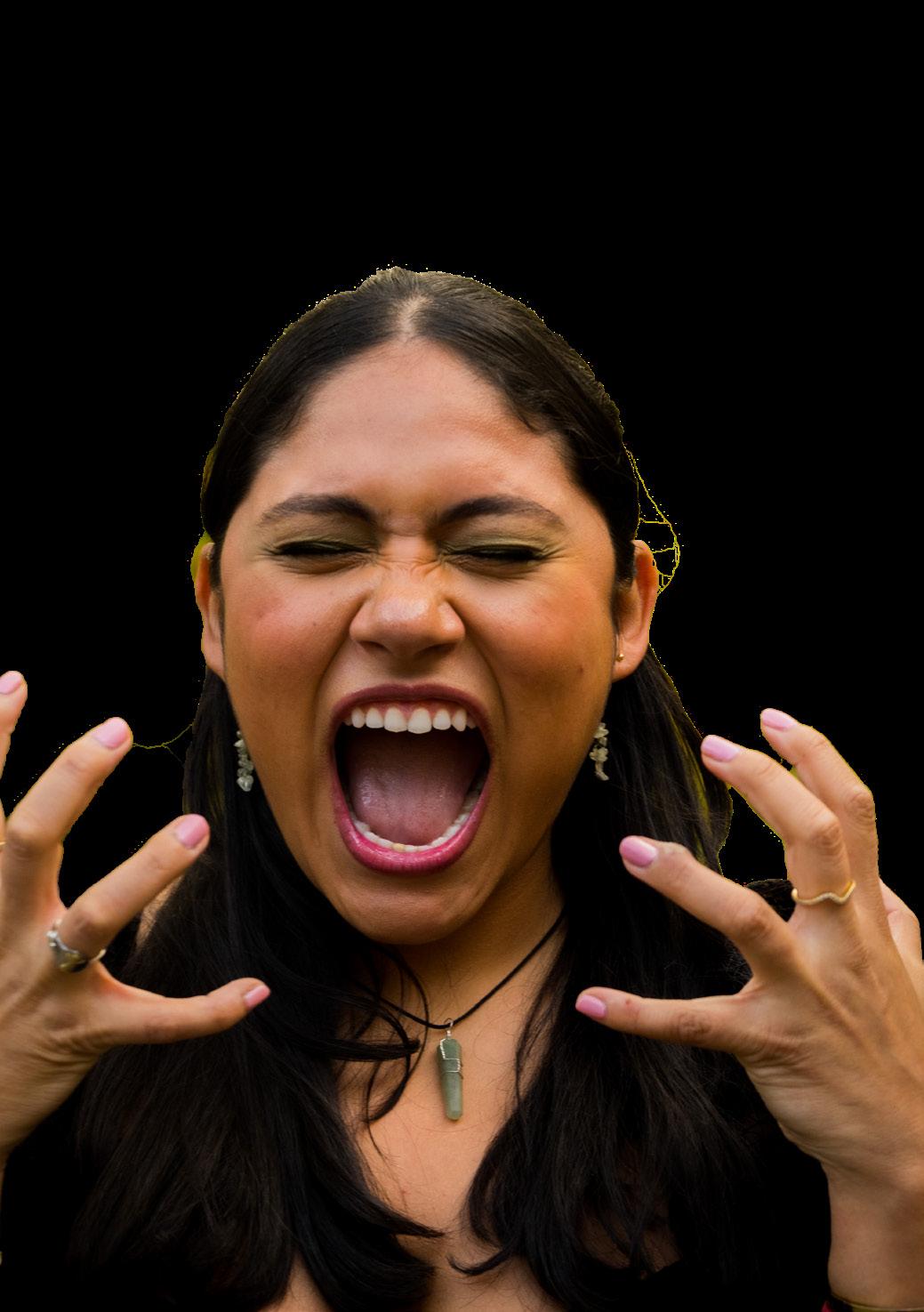
Young and old witch characters alike—Alex Russo, Hermione Granger, Sabrina Spellman, and Aggie Cromwell—are all products of Glinda’s trailblazing character, using their magic for good. Her iconic character has been sustained throughout all the Oz reproductions and is even played by many renowned performers, such as Ariana Grande, for the upcoming Wicked film adaptation.
During their first interaction, Dorothy puzzles that, “Witches are old and ugly… I’ve never heard of a beautiful witch before.” Glinda clarifies that “Only bad witches are ugly,” serving as a monumental moment in film history that redefines the idea of witches to a vast public audience: witches can come in pink, tulle, bedazzled packages, too.
Photograpghy: Westley Scott Layout:Elizabeth Sadler Models: Grace Gagliardi , Camille Rivas, Sarah Zampino Stylist: Grace Gagliardi

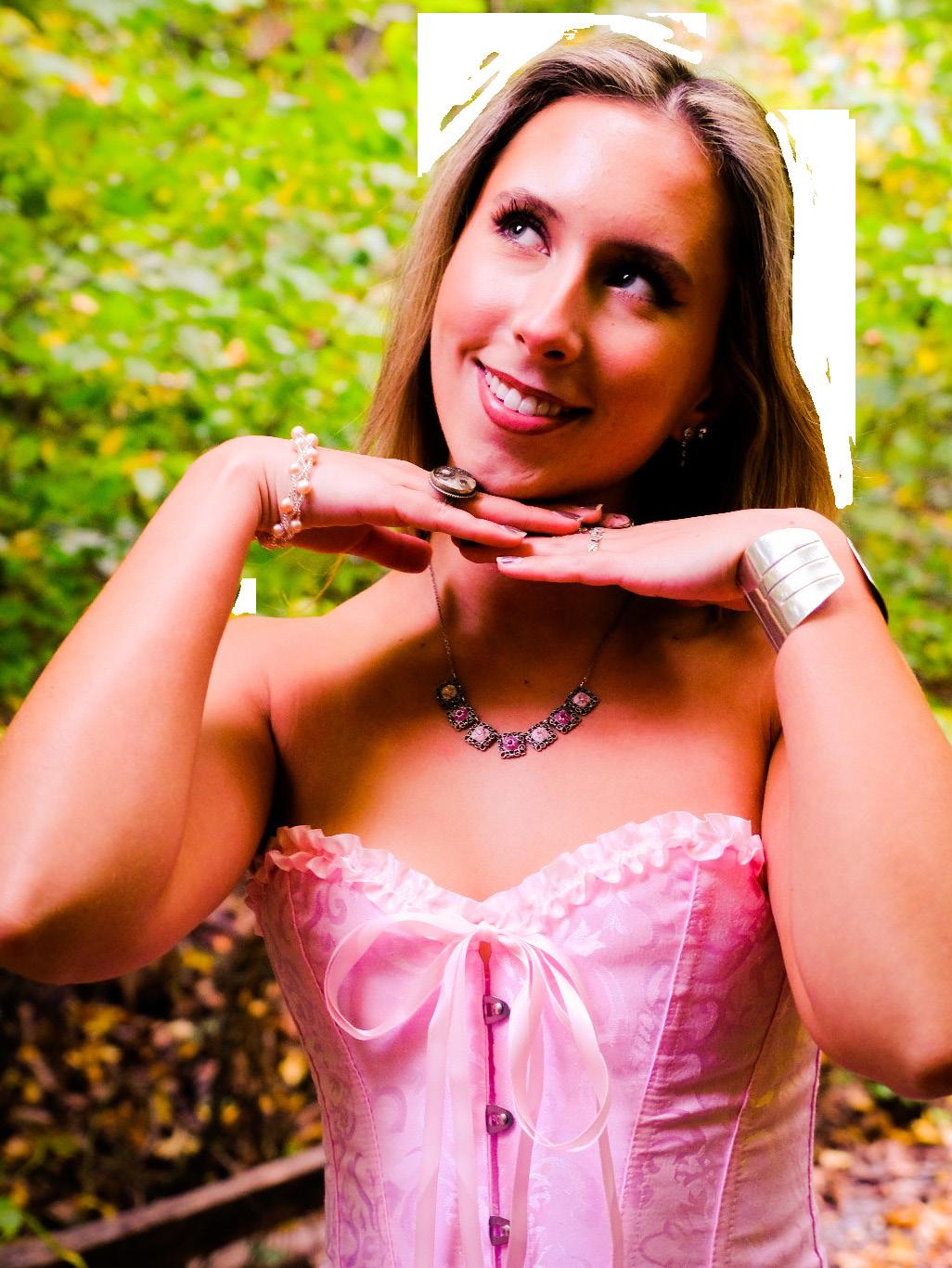
11
TheQueerConnection withVampirism TheQueerConnection withVampirism
Anyone who has watched Robert Pattinson gag at the smell of Kristen Stewart cannot deny the indescribable allure that Vampiric media has. Though we love Twilight, the appeal of V ampirism is much deeper–and much more queer–than most popular modern iterations would suggest.
Vampire stories have always represented sexual taboos to strike fear in the hearts of readers and represent the sexual ideals of the time. It is no coincidence, then, that the Vampire is often a queer character. Bram Stoker’s Dracula (1897) is often known as the paramount for modern Vampire mythology; however, Stoker was inspired by Sheridan Le Fanu’s lesbian-centered Vampire novel, Carmilla (1872). Carmilla is focused on the young woman Laura, who erotically loves yet deeply fears her ‘companion’ Carmilla–whom we eventually learn is a vampire. Carmilla, while written in the 19th Century, shows why the queer community is so drawn to Vampirism. It illustrates how the queer person is seen as one that can only be awakened through death or illness, reproach, and loss of humanity. The Vampire is the reproached-sexual deviant that will always be tragically in love, and therefore ‘preying’ on the defenseless, ‘normal’ character–only to be killed for their otherness. Death itself is not what erases them from existence. It is their sexuality that causes the moral, heterosexual hero to dispel them for the safety of others. Since the Vampire narrative often mirrors the everyday experience of queer people, they often gravitate towards or find comfort in these stories.
Seduction, Repulsion, Fascination Seduction, Repulsion, Fascination
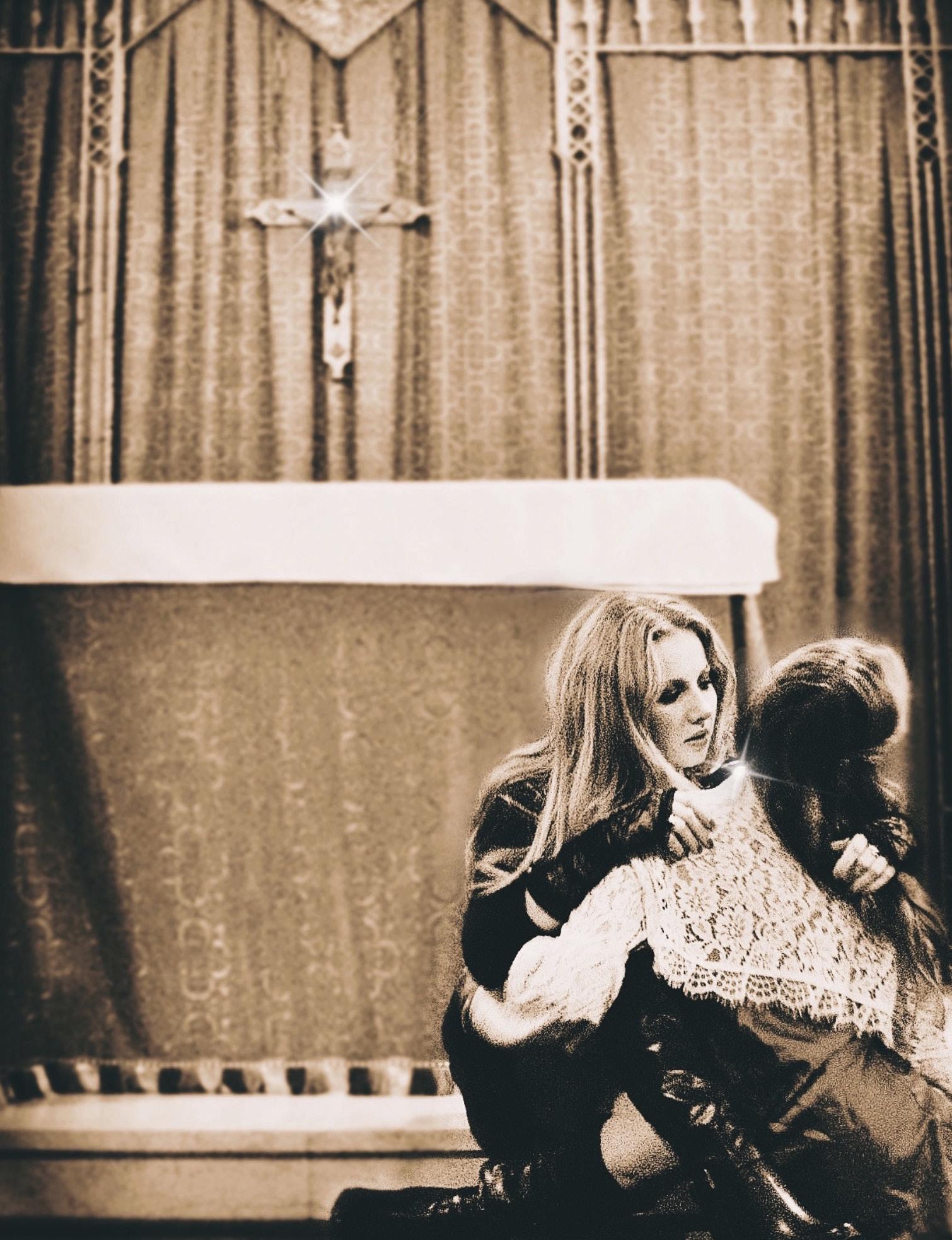
While it may seem only bleak, modern queer Vampiric media has begun to find a balance. Writers like Anne Rice (Interview With The Vampire), V.E. Schwab (“First Kill”), and Jermaine Clement (“What We Do in the Shadows”) have created Vampiric media that is tropey and melodramatic–as Vampire media should be–but authentic and bold in its queerness.
Twilight has shown us all something very important: people everywhere want to sink their teeth into modernized Vampire media. There is something integral missing, though. It’s almost as important as garlic, fangs, or crucifixes. What is that? Some good old, bloody Homoeroticism.
Articleby:MiaGuzzo
Articleby:MiaGuzzo
Photographer:AnnabelleHocherg
Photographer:AnnabelleHocherg
Models:KaitlinRigley,MaddieThompson
Models:KaitlinRigley,MaddieThompson
Stylist:MiaGuzzo
Stylist:MiaGuzzo
MakeupArtist:MaddieThompson
MakeupArtist:MaddieThompson
Layout:AmeliaFerguson
Layout:AmeliaFerguson
#witchtok
By Kelly Cimaglia
In the realm of social media, where viral dances, lip-syncing, mini vlogs, and oversharing reign supreme, a new breed of creators has emerged: TikTok Witches. The hashtag #WitchTok alone has surpassed more than 47 billion views. These mystical beings have harnessed the power of short-form video to share their witching talents and spread magic to millions worldwide. Five minutes after scrolling through TikTok’s spellbinding feed, you’ll find potions made from pantry ingredients, spells set to catchy sounds, and witches of all genders, ages, and backgrounds showcasing their magical powers.
Perhaps one of the most charming aspects of TikTok Witches is their sense of community. They’ve created a virtual coven where witches from all corners of the world can come together to learn, share, and support one another. With TikTok being a safe space for all interests, these online witches feel accepted to perform their craft to the masses. However, some people are not interested in their craft – and those non-believers are not afraid to let them know via comments. Thankfully, TikTok Witches are also known for their sense of humor and self-awareness. They don’t take themselves too seriously, often poking fun at some witchcraft-related stereotypes. It’s all in good fun, and that lighthearted approach has made the craft more approachable and less intimidating – allowing curious people (like myself) to see what WitchTok is all about.
#WitchTok has cast a spell on social media, charming users with their creativity, community spirit, and a dash of whimsy. So, if you’re looking to add a bit of magic to your daily (endless) scroll, don’t be surprised if you stumble upon a spellbinding TikTok Witch brewing up some digital enchantment.
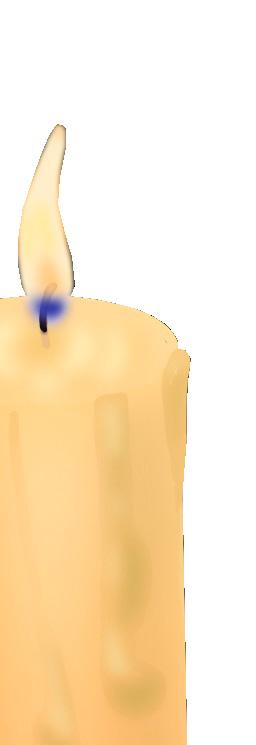






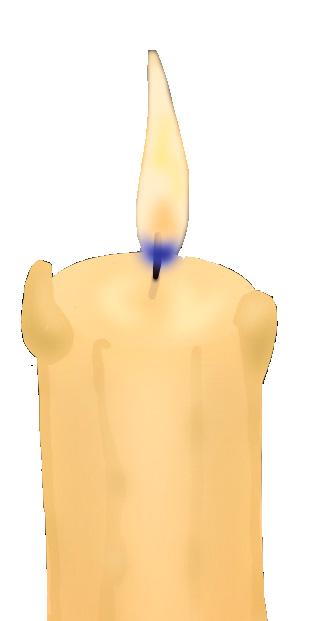


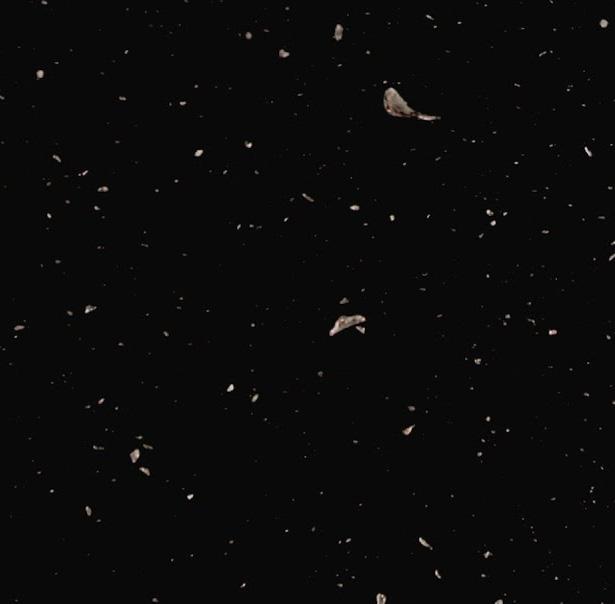 Illustration by Grace Biesterfield
Layout by Carson Waldron
Illustration by Grace Biesterfield
Layout by Carson Waldron
13

Yellow Jackets in the Woods
Written by Cameron Huber
Models: Molly Chamberlain, Ciara Shore, Kathryn Labagh
Photographer: Riko Schulz
Stylist: Molly Chamberlain
Layout: Alexandra Nash

Yellowjackets partially takes place in the 1990s, with a high school girls’ soccer team struggling to survive a plane crash in the wilderness. Throughout Season 2, viewers witness the events that unfold during the cold winter after the plane crash. An increasingly powerful theme in Yellowjackets is their use of rituals and spirituality in the forest. Heavy snowfall made the eerie forest even creepier; teammates (those who survived this far) bundled together in a vacant cabin. No cell phones, no food, no actual means of survival–just each other and whatever they can find within this mysterious cabin. As their lives have turned upside down, having no help or no clue how to survive, these high school girls realize that they need a leader–perhaps one of higher power.
This is where Charlo e ‘Lo ie’ Ma hews rises to the challenge. The known rich girl of the team hides a secret life. Whether it is because she is off her schizophrenic medicine or because she has truly ‘found herself’ in the woods, Lo ie becomes the spiritual leader of the team. During winter, Lo ie leads some members of the group in morning prayer circles with guided meditations, asking the others to concentrate on their breath and what they hear in the wilderness. Although the majority of the teammates join in, there are still a handful who are skeptical of her spirituality and whether it helps or not. Against odds, many times, the ‘prayer circle’ or ‘listening’ led to miracles–such as a new source of food. Most days, Lo ie tells her followers to spill blood and gather offerings. As the teammates participate in this, Lo ie declares that the wilderness recognizes her sacrifice and that she does too. She says that the wilderness doesn’t trade or haggle, that it hears them and only gives them what they want, such as Shauna–not her baby– surviving childbirth despite her immense amount of blood loss. Lo ie has some sort of weird control over everyone, as she is the only one who can ‘truly’ listen to the wilderness. Lo ie can be seen as a ‘symbol’ of witchcraft. Both are eerie leaders, with many followers participating in their rituals, whereas many people do not believe or want to follow. Lo ie, like witches, used ‘devil’s magic’ by communicating with the wilderness, which can represent a darker force controlling the team in the woods. Furthermore, many religions taught that the devil could give people (witches) the power to harm others in return for their loyalty. This connects to Lo ie telling her teammates to give their blood and get a ‘blessing’ in return. Lo ie ‘hears’ the wilderness, gathering her teammates to listen as well, and they all end up hurting and even killing each other in an a empt to survive and ‘please’ this upper power of the wilderness.

15










 Written by Harmonie Chang
Written by Harmonie Chang






TheFemale Experience









reflections on Lana Del Rey’s “a Question for the Culture”








Lana Del Rey’s “A Question for the Culture,” a letter written by the singer and posted to her Instagram in 2020, quickly garnered controversy and debate. In it, she vents her frustrations with critics’ views on her music and her “glamorized” take on imperfect relationships. She called out prominent artists at the time, including Cardi B, Kehlani, and even Beyonce, passiveaggressively insulting their musical themes relating to sexuality, empowerment, and sex. There were many issues with this - for numerous valid reasons. Del Rey effectively slut-shamed these women for referencing sexual themes and fueling the racist stereotype that women of color are overly sexual - yet still not feminine. Furthermore, considering Del Rey’s appropriation of Latine culture in many of her songs - notably on her sophomore studio album Ultraviolence, her callout of these women of color was highly problematic, if not hypocritical.










Models: Mia Garcia , Mo Salzer, and Kamryn Chubb



Photographer: Amy Malburg









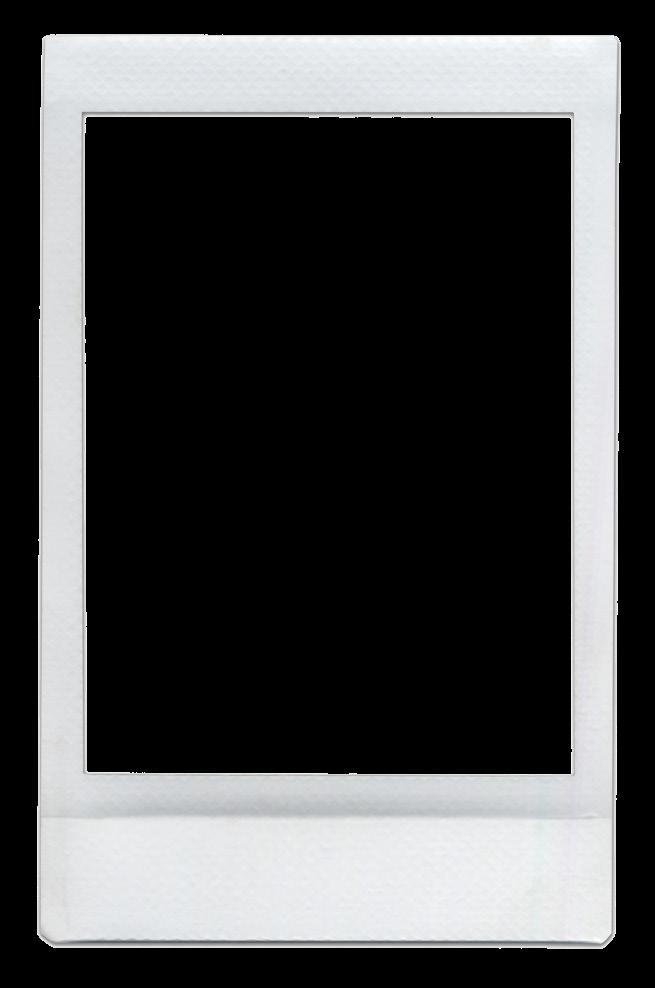





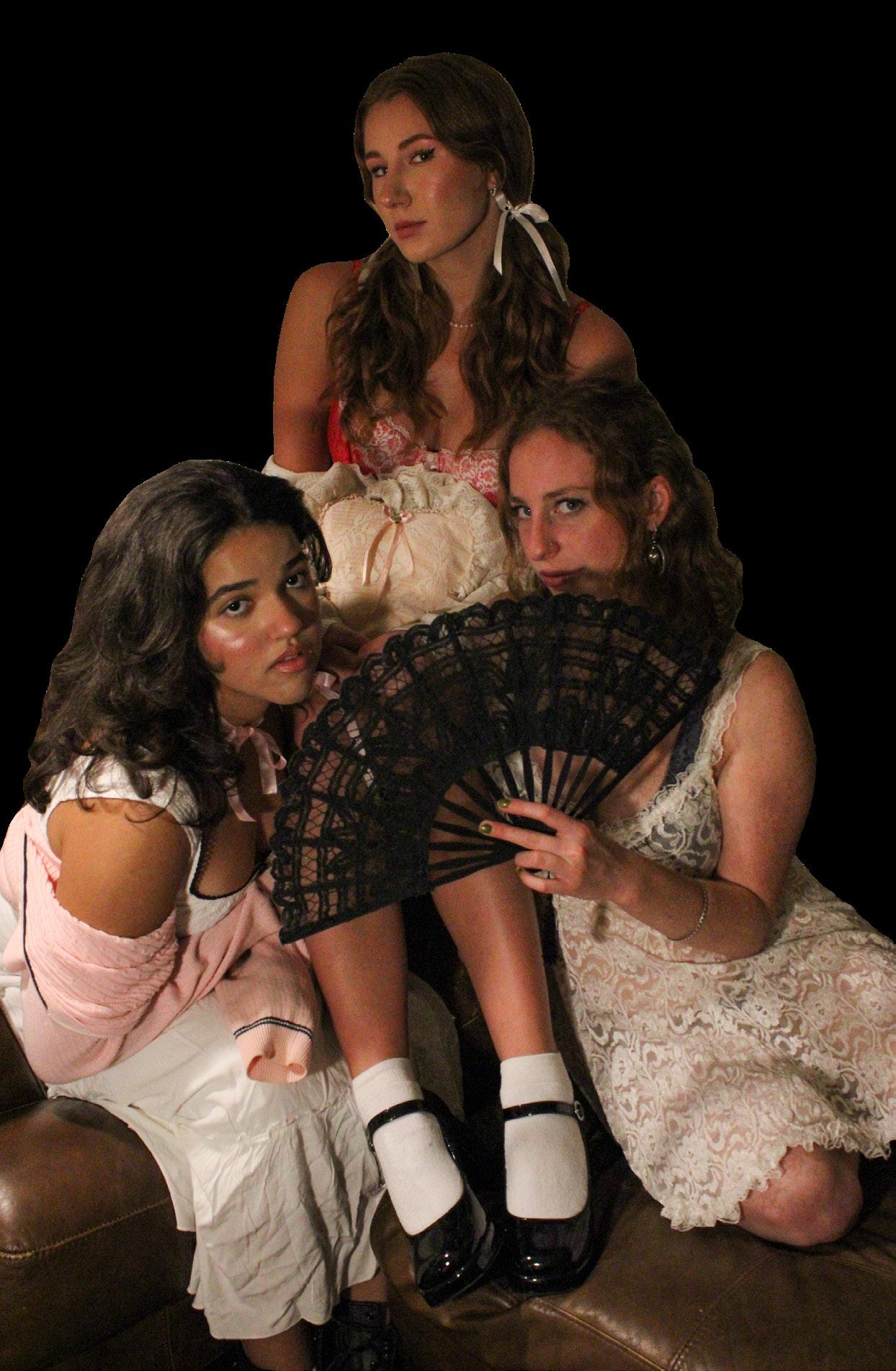

But, the focus of her writing was not on these musicians - it was to explain her exasperation with the industry. The media had portrayed her as a “delusional” woman who viewed abuse through rose-colored glasses. They took her desire to be in a traditional relationship as anti-feminist. In reality, her music pertains to aspects of her relationships, no matter how minute, and how they have impacted her life.






However, feminism today emphasizes how women can be whatever they want. No woman should be ostracized for not wanting to be a mother, prioritizing their career, or being promiscuous. At the same time, no one should be shamed for wanting the opposite. That is what Lana Del Rey is referencing. That is what music should be about. That is what feminism today should be about. Women like Lana Del Rey can be empowered doing what they love because they can - not because they have to. The era of women disgracing women is over - it’s time to stop blaming the brokenness of the patriarchal society we live in on womankind.


























Makeup Artist: Sydney Baker







Styling: Harmonie Chang


























Limelight Limelight in the Women BodyshamingWomen Bodyshaming






















































 Written by Meghan Mahaffey
Written by Meghan Mahaffey

We are all guilty of falling into parasocial relationships. I, unfortunately, will always refuse to admit that I don’t know Clairo personally! However, these types of relationships lead to problematic interactions with celebrities, as the line of respect gets blurry. Especially with access to social media at our fingertips, reaching someone in the public eye is easier than ever, for better or worse. The inability to place boundaries in this way has led to increased scrutiny of famous women.
Illustrations by Caroline Abella











Historically, women have been shamed for their bodies and expected to keep up with the exact beauty standard of the time. Following COVID-19, Lana Del Rey posted pictures of her where she had gained weight during the 2020 lockdown. Her body was growing in very natural ways, but that did not stop people disguised as “concerned fans” from overanalyzing her appearance and making inappropriate comments about her weight. Regardless of the intention behind those comments, when did it become so normalized for people to degrade someone’s body? What does that say about our culture at large?


Despite Lana’s brief exit from the public stage because of the influx of hatred, she continues to grow her unparalleled success. Just three years following the pandemic, she released Did you know that there’s a tunnel under Ocean Blvd, and is currently on her seventh official tour. Del Rey is not the only celebrity to be subjected to ruthless public body shaming. Lady Gaga, Ariana Grande, Beyoncé, Rihanna, Taylor Swift, and Britney Spears are just a select few women who have experienced similar degradation from the masses. However, like Lana Del Rey, none of them allowed the pain to overcome or isolate them. Each of them reclaimed their bodies, sexuality, and femininity through their lyrics, musicality, and unforgettable performances. While it is inspiring to see powerful women rise above these hardships, I hope to one day live in a world where they are not pushed down to begin with– a reality we should all strive towards.


















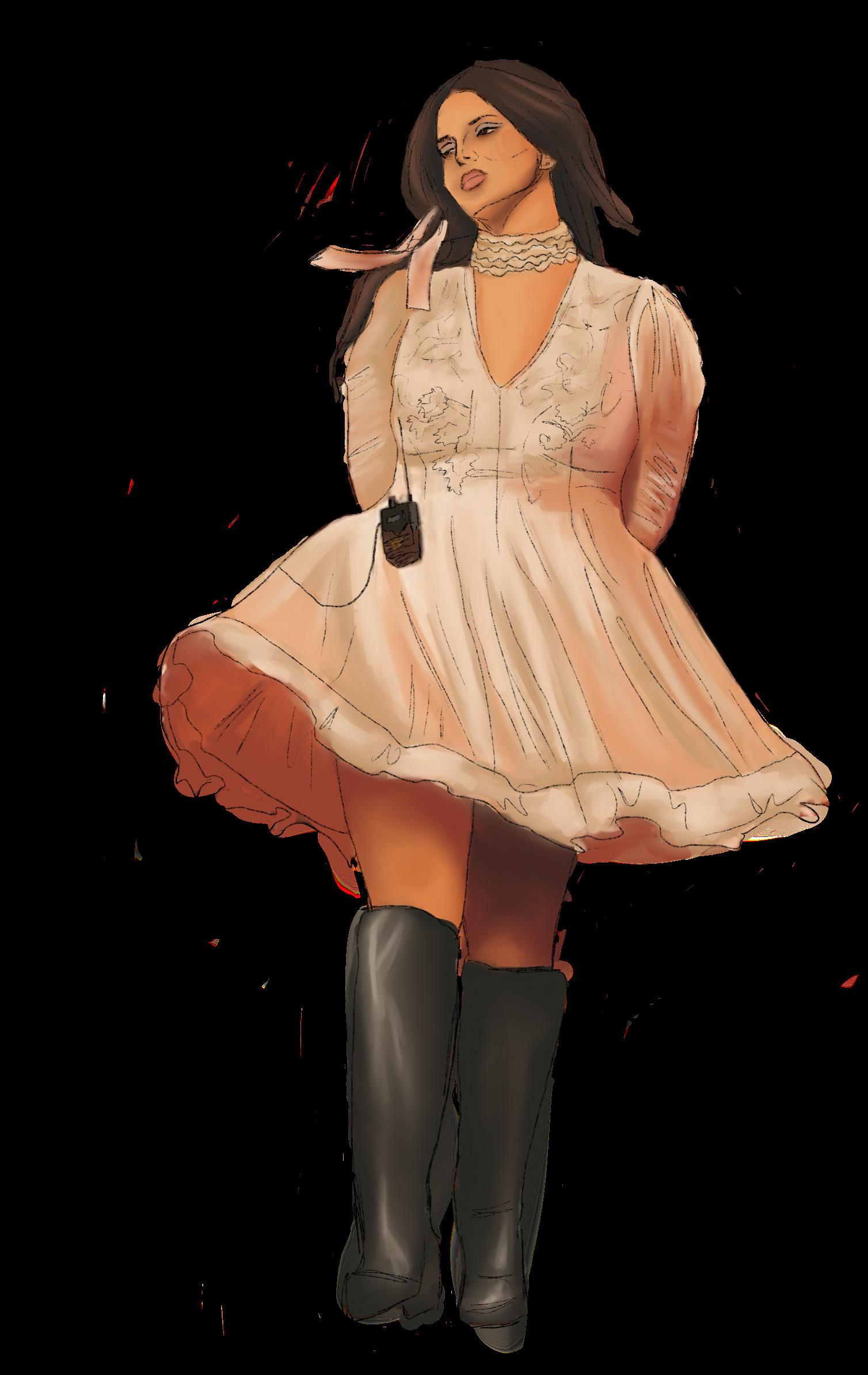



17
Layout: Harmonie Chang

18
Portrait of a Mad
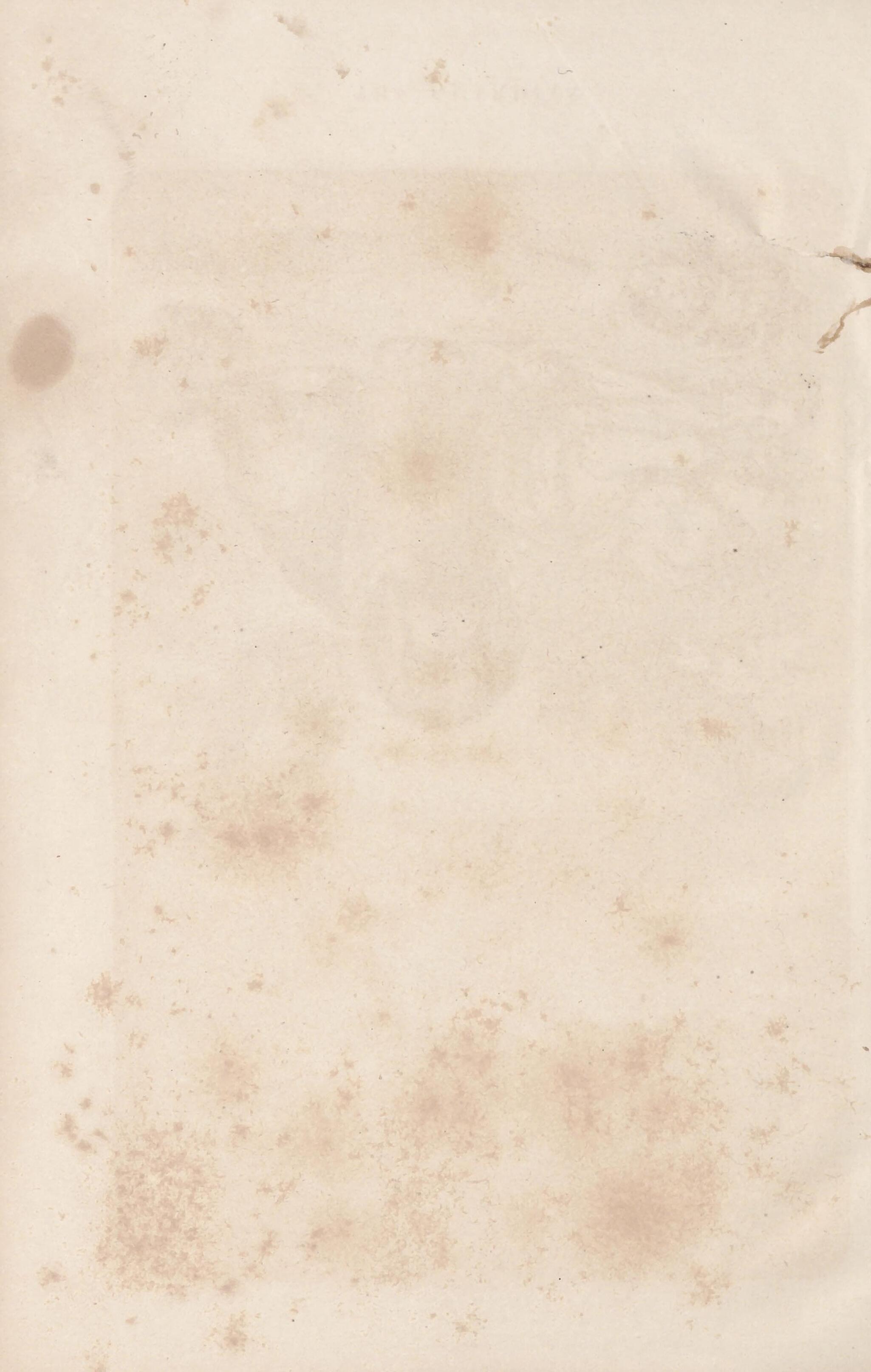
When girls and women alike experience anger and hurt, there is only so much space in which we are allowed to occupy to relinquish our bitterness. Over four hundred years ago in the 17th century, one girl would occupy a canvas to relinquish her rage. Within the field of art history, she is regarded as the most renowned female painter during the High Renaissance. Her name was Artemisia Gentileski, and when she was just seventeen years old, still a child, she was raped. The criminal responsible: her art mentor and friend of her father, Agostino Tassi. This event would spawn the painting we know today, Judith Slaying Holofernes. Painted in 1620, many scholars are in agreement that Gentilseki employed this work as a self-portrait and modeled Holofernes in the image of her abuser, exacting her revenge through brushstrokes when she could not in real life.
Gentileski’s striking portrayal depicts a bloody, messy, and violent murder by Judith, a female heroine originating from The Book of Judith, a part of the Old Testament. Gentileski’s pain and rage come alive in her work as Judith wields a gleaming blade that comes down onto Holofernes’ head as
Written by Ciara Bavis
by
he sleeps. With one hand, she grips a fist full of his hair, and the other she uses to effectively behead him. Simultaneously, Judith’s face is beautifully illuminated by the faint light of an oil lamp, presenting a duality between violence and femininity co-existing within a single composition. An aspect of this work that I, as a female viewer, revere even further in the sense of directly connecting my femininity and rage is the blood chaotically spattered across Judith’s breasts as she murders Holofernes.
However, four hundred years later, girls and women alike still fall into the exhausting cycle of trying to “react the right way” to not be “too crazy” and, worst of all, be accused of being a “b*tch.” Despite the misconceptions surrounding women of that time that they may have been quite meek and submissive, there exists a story of a woman who was anything but a woman who showcased her rage for the public despite how ugly and vicious it may have appeared on the canvas. Far from weak-minded, Artemisia Gentileschi used art as her medium for “b*tchcraft,” serving as women’s paragon today.
by
Layout
Nora Dettling 19
Illustrated
Caroline Abella


 By Sara Morales
By Sara Morales

“Queen of the mob,” that’s what they called her. With a determination so unstoppable, not even death was able to unarm her: Virginia Hill, the intellect behind the violence. When envisioning the prototypical emblem of the gangster era, male figures are what come to mind. But as they say, behind every great man is a great woman.


Ms. Hill was that woman.
The 20th-century woman was expected to fall in line to take on emotional labor. Nowhere did they have the space to be their own person, much less have the opportunity to explore emotions that aided them in reconciling with the more occult side of the feminine persona. There was no place for them to familiarize themselves with the notion that they, too, could have negative feelings that did not fall in line with constraints that reduced them to stereotypes. Virginia Hill is an example of how such a restrictive culture can lead a young girl to feel as though the mob, the lowest moral rank of society, was the only place she could fully explore the darker notes of herself.



Her involvement started off innocent enough; she was the bookkeeper for Joe Epstein of the Chicago mob. However, her stealth and intellect gave way to her quick rise within the ranks. She became romantically involved with mob boss Benjamin “Bugsy”





Seigel, entangling herself in his messes. She once again lost herself behind the veil of a man and was reduced to a sex symbol at most. Regardless, her commanding presence within the media made it so that she was a role model for young girls even after her death. Although an icon, the tragedy of her life highlights how rare assertive women were that young girls had to turn to gangsters to find representation for their not-ashappy-go-lucky sentiments.
Although Virgina Hill continues to be a fascinating figure, it is devastating to see how her involvement in the mob is more of a commentary on how few options women truly had at the time. They resorted to the grimy and violent and found comfort in the danger.
Photography By: Lainey Nguyen
Modeled By: Malgorzata Gorska and Tristan Lee
Styled By: Sara Morales
Layout By:Anna Brown








 Written by: Lydia Zhang
Written by: Lydia Zhang



The Love Witch: The Female Gaze





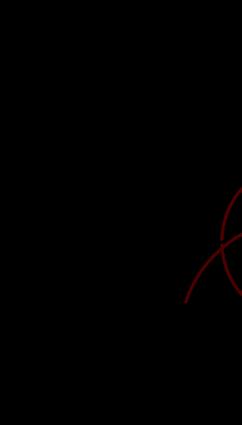
In a society where the default is considered a straight white male, the term “female gaze” is a refreshing depiction of a woman’s inner psyche. It encompasses a woman’s unique perspective on the world, expressed through the prism of beauty and artistry. In the 2016 horror-comedy The Love Witch, featuring Samantha Robinson as the captivating Elaine, we witness the embodiment of this female gaze. Elaine exudes seductive power and authenticity as she navigates a series of relationships, initially introduced by recounting past romantic entanglements.
Elaine’s encounters with the first two men of the movie show her donning vibra nt, kitschy attire that aligns with their sexual desires. She views her use of her own body as a means of empowerment, a way to seize control within relationships. In her own words, she likens herself to a witch, suggesting she casts spells on men to trap them in her


Makeup:MollyFitpatrick
Photography: KaylaMora


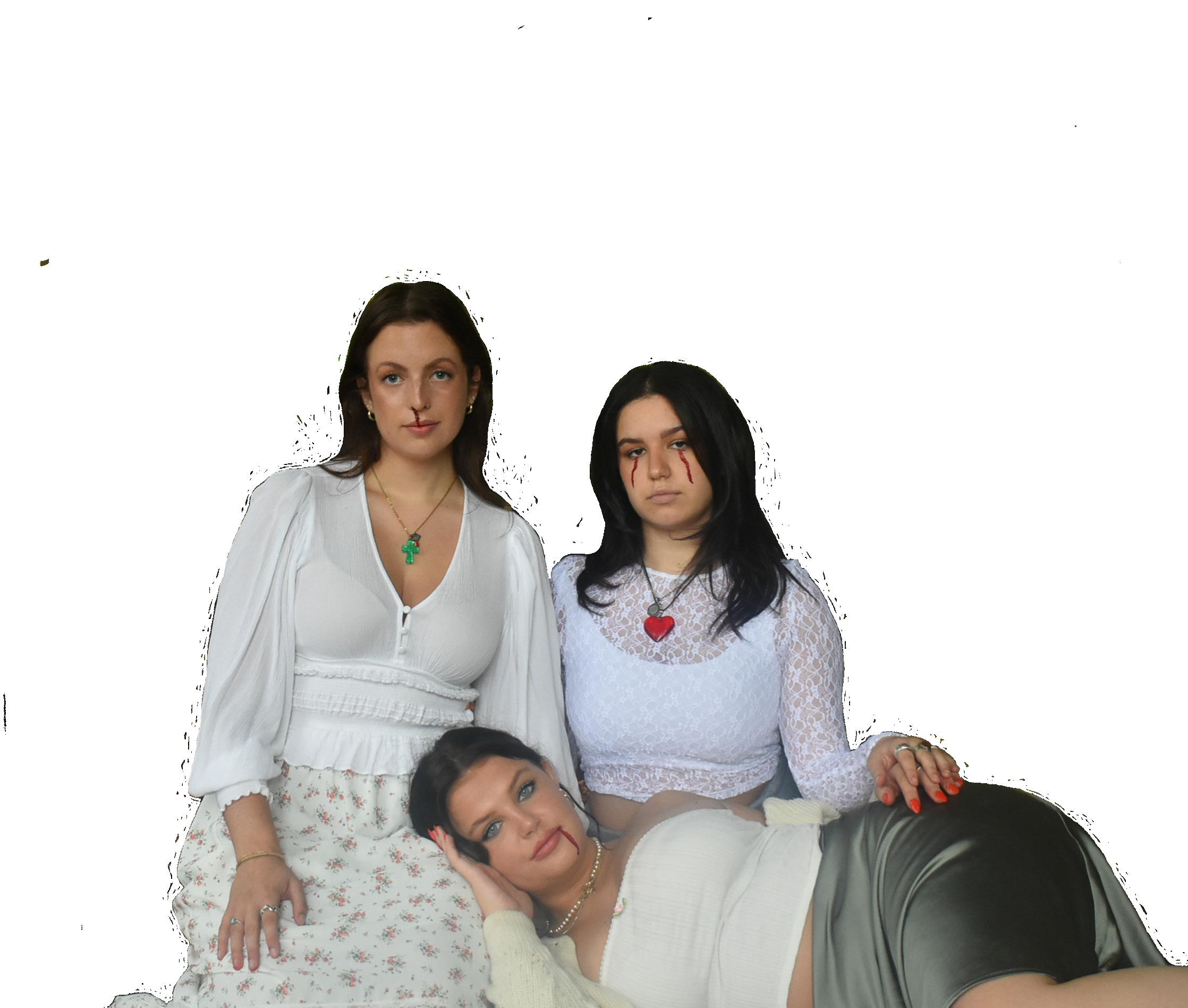
Layout: MaddieBoone
21
Models: Martinez,MollyFitzpatrick,Zoey OliviaGutt
Styling: Josh Mocklin
Layout: Harmonie Chang
Photography: Kayla Mora
Makeup Artist: Sydney Baker
Models: Mia Guzzo, Marlena Wrabley, and Chloe Lefaivre
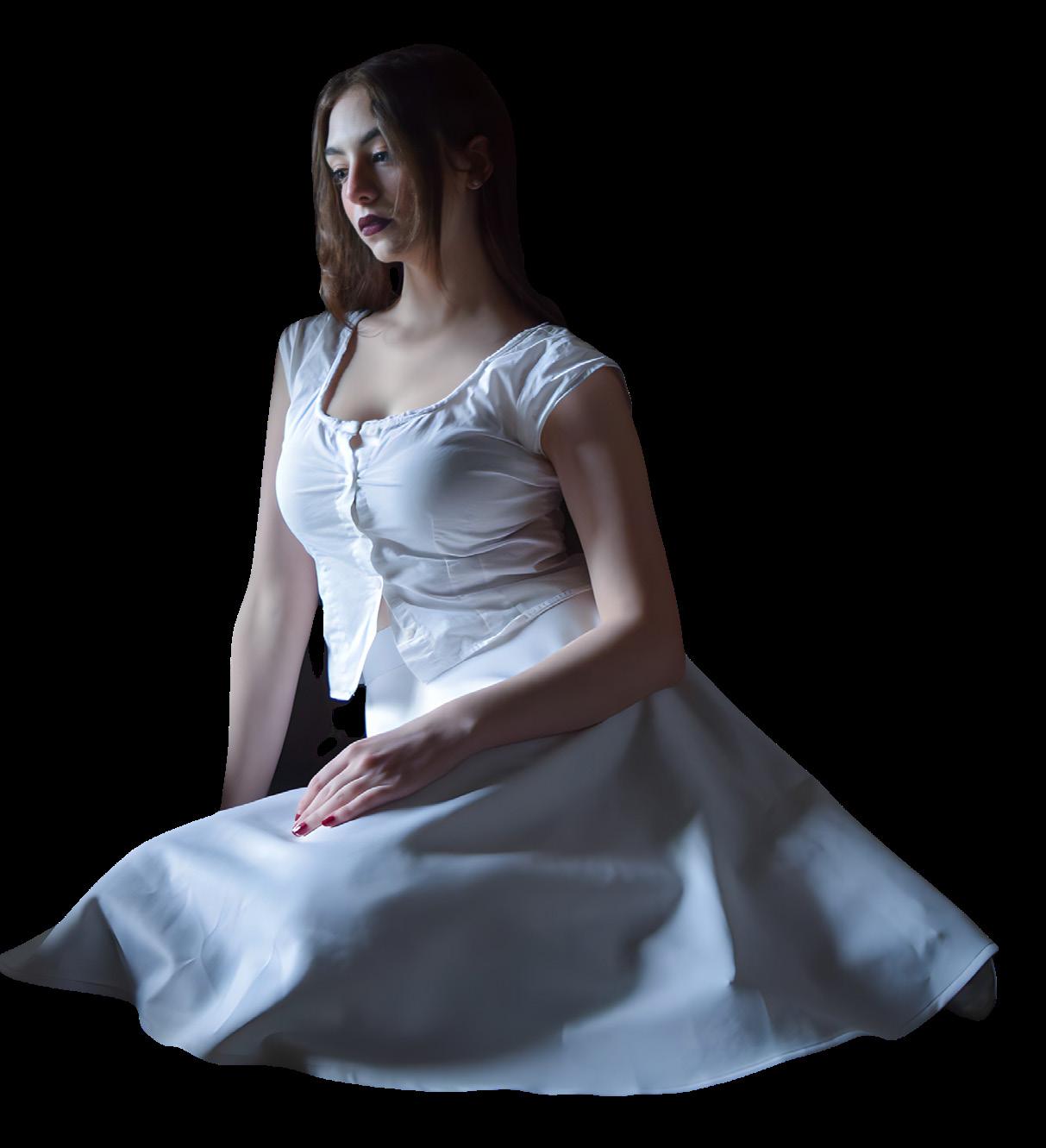
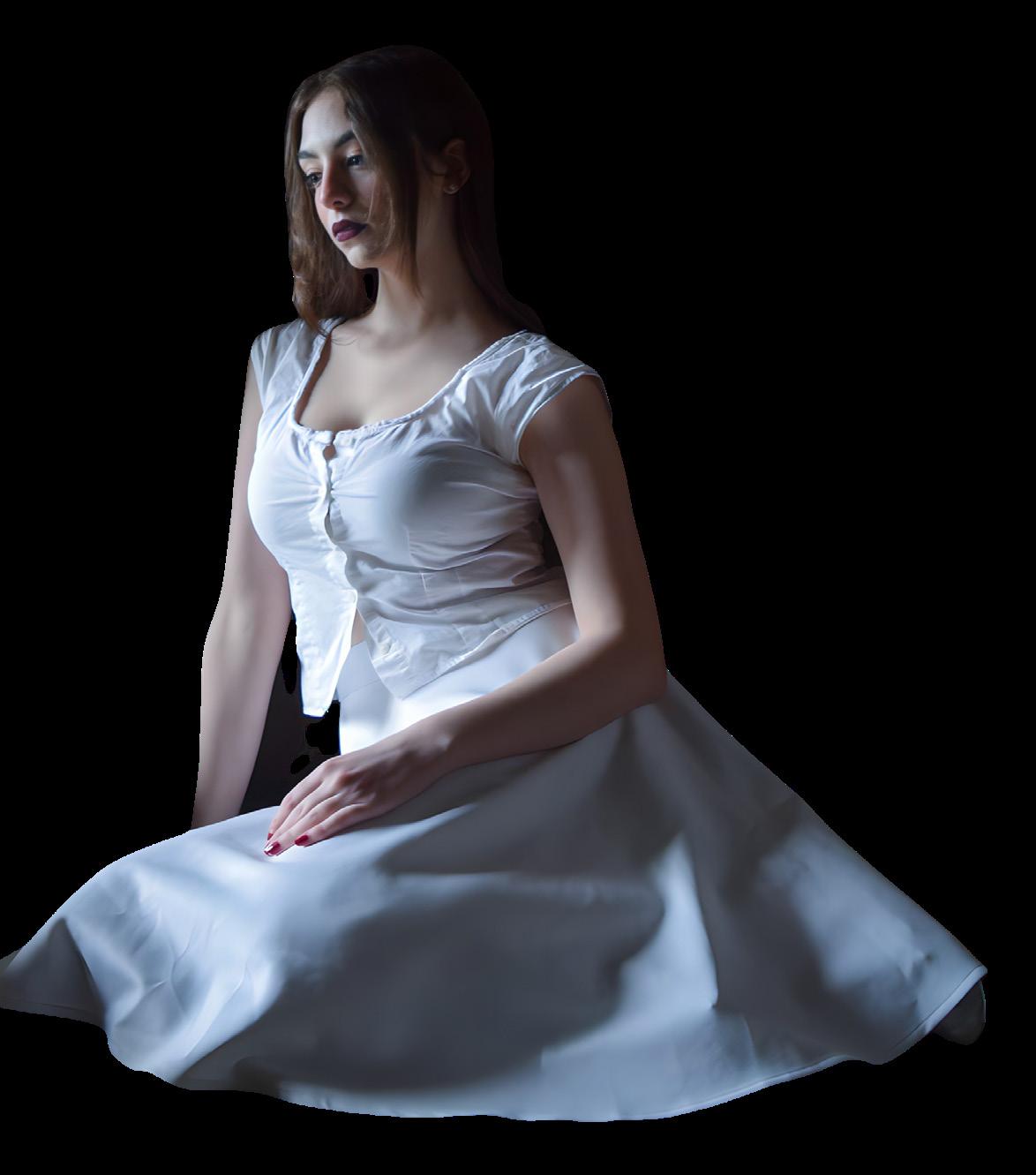

BUG LIKE AN ANGEL MITSKI LIKE A WITCH BUG LIKE AN ANGEL MITSKI LIKE A WITCH
Written by Julia Patterson
This is not a hopeless wasteland. As Pitchfork writer Cat Zhang details, Mitski “sounds like she has space to breathe.” In the land of these lyrics, Mitksi breathes through her reflections on the people she loves and the spaces she carves out for them. In “Heaven,” she sings,
But here in our place
We have for the day
Can we stay awhile and listen for Heaven

“Mosquitoes can enjoy me, I can’t go inside,” singer-songwriter Mitski (Mitski Miyawaki, 32) sings, wistfully yet determinedly, in “Buffalo Replaced,” the second track of her new album, The Land Is Inhospitable and So Are We. There is something witchy and countercultural about surrendering oneself to mosquitoes. The atmosphere of non-normativity doesn’t end there. For example, per the album’s title, Mistki enters a wasteland full of strange nature and images—a bug like an angel, moon, a hole of light, a murmurin’ brook.




In a later track, “My Love Mine All Mine,” Mitski professes an unconditional a achment to a love she wants to protect:
My baby here on Earth Showed me what my heart was worth So when it comes to be my turn Could you shine it down here for her?
The lyrics emphasize how queer love and queerness can almost exist outside of time and space. Mistski imagines a place where she and her love can shine outside of heteronormativity. Further, the fact that Mistki’s lover helps her find her worth demonstrates the power of women in community—the power of a coven. Even as a lesbian and over-analyzer, I don’t seem to be alone in those sentiments. On “My Love Mine All Mine,” X user @sydelenasop writes that the lyric Nothing in the world belongs to me “feels like a way for queer people to reclaim what the world tries to take from us.” Several posts across social media point to that song as a cathartic representation of queer love (in addition to all the excitement about Mitski using she/her pronouns).
However, like any witch, Mitski faces backlash, especially within herself. In “I’m Your Man,” Mistki admits to le ing people down through her power over them:
You believe me like a god I destroy you like I am
As the song progresses, dogs bark in the background, like a warning, revealing to Mitksi how her power can corrupt. So, she decides to use her power differently than men historically have. On the album’s final track, “I Love Me After You,” Mitkis expresses a liberation from tradition:

Stride through the house naked
Don’t even care that the Curtains are open
Let the darkness see me
She isn’t afraid to be what the world thinks is scary, witchy, queer. And she will do whatever for the people she loves and herself:
How I love me after you I'm king of all the land
In an interview with NPR, Mitski expressed a similar sentiment: “I realized that if there's no light around me, it's kind of up to me to be the light for myself. And I think that light is love for me as long as I just hold on to my love for people, for the world, for ge ing to live. Then my world will have love in it.”
I’m Almost On The Big Screen
The History and Future of Asian Representation in Hollywood
 By Lainey Nguyen
By Lainey Nguyen
24
In the summer of 2018, I watched To All The Boys I’ve Loved Before on Netflix a total of 8 times. It was not only a movie adaptation of my favorite book by Jenny Han, but it was also the first time I had seen a Vietnamese-American actress star in an American movie. Lana Condor plats Lara Jean Covey, a teenage girl who writes le ers to quite literally all of the boys she’s loved before. After watching the movie, I went down a rabbit hole of research about Lana Condor and how she broke into the acting industry. As a half-Vietnamese and aspiring actress myself, Lana Condor was living proof that there was a chance for me to break into the industry.
The same satisfying feeling of discovering Lana Condor came upon me when I watched Michelle Yeoh accept her Oscar for Best Actress, becoming the first Asian actress to win this award. Yeoh won the Oscar for her role in Everything Everywhere All At Once, which practically swept the Oscars. Growing up, the only American movie I had seen with a largely Asian cast was Crazy Rich Asians. This was a big step for Asian representation in the industry, but when Michelle Yeoh won Best Actress, I felt a sense of motivation and relief.
Asian American actors have only recently been starting to gain more acclaim in the American film industry, but they most certainly are not a recent addition to the industry.
The first Chinese-American movie star was a woman named Amy May Wong. Wong grew up in Los Angeles’ Chinatown, speaking both Cantonese and English, but she has mostly only appeared in American silent films in which she was portrayed as the stereotypical submissive Asian woman during the 1920’s. However, when she made her stage debut on London’s West End, audiences were surprised and seemingly uncomfortable by her out-ofthe-box performance. Answering reporters’ questions in both English and Cantonese also caught people by surprise. Despite
being faced with initial “bad reviews,” her bravery and cheekiness when dealing with the media are prime examples of early Asian representation in the film industry. According to NBC News, Asian characters with speaking roles in Hollywood jumped from 3% to 16% from 2007 to 2022. Despite these numbers being positive news for the entertainment industry, there is still work to do. I say this specifically about Asian American women’s roles, which often fetishize characters and continue to be wri en as submissive or sex objects. While Lana Condor as Lara Jean Corvey and Michelle Yeoh as Evelyn Quan Wang are not examples of this , there are still many Asian female characters who lack a place on the screen as a main character. A prime example of this would be the stereotypical Asian sidekick or best friend, such as Lane Kim, who is the main character Rory Gilmore’s best friend in the show Gilmore Girls. Lane, played by Keiko Agena, was a fan-favorite character, with her rebellious naturetowards her strict Christian mom and her love for playing the drums. In my opinion, if they had looked at her character further, she could have had more depth than Rory herself, but still, she was never the main character of even one episode.
Seeing Lana Condor on Netflix and Michelle Yeoh winning her Oscar, I have hope for a change in the roles wri en for Asian American actresses. When I start to audition for roles after the actors’ and writers’ strike comes to a close, I hope I will have the opportunity to audition for all types of roles as an Asian and white actress and not be placed in the box that Hollywood has created in the past for Asian American actresses.
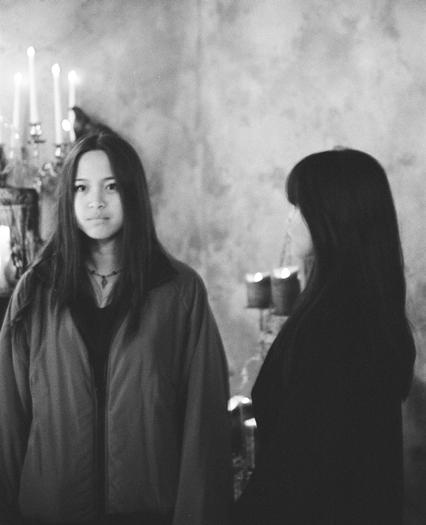
Photographed by Lainey Nguyen
Modeled by Malgorzata Gorska
Modeled by Tara Castano
Modeled by Lainey Nguyen
Styled by Alessandra Savarese
Layout by Grace Biesterfeld



25
Delicate: A Departure from American Horror Story’s Discomfort Zone

Photographer: Stephanie Lane
Stylist: Rose Morse
MUA: Sydney Baker
Models: Tati Waxman, Andy
Meeker, Gabrielle Gonzales
Layout: Rachel Erickson

While walking through the streets of New York City, I’ve been startled by promo posters for American Horror Story: Delicate plastered onto bus station shelters featuring a browless, pale, platinum blonde Kim Kardashian in uncharacteristic spider-webbed false lashes. Delicate, the twelfth installment of the longstanding series directed by Ryan Murphy, has from its conception found itself in a preposterous position vis-à-vis its audience because it riskily strays from some of American Horror Story’s precedents. Very few returning actors from the series are featured in this season, and with Hailey Feifer taking the reins as showrunner, it is the first not entirely executed by Ryan Murphy.
Despite Kim Kardashian’s inclusion and Delicate being the season’s most ostentatious departure from the series’s typical environs, the reality star finds herself precisely in her milieu in the role of Siobhan Corbyn, protagonist Anna Victoria Alcott’s witty publicist. Lead actress Emma Roberts also gets to show off her prowess in portraying temperamental characters as rising movie star Alcott. Within the first few episodes, only subtle hints of the eccentricity that has marked the season’s promotional content has been revealed, and Roberts’s presence has been one of the few elements grounding me in the series among scenes that have reminded me more of Black Mirroresque commentary on the dangers of social media.
Delicate seems poised to explore a new type of horror rooted in pregnancy, which can be immensely frightening and isolating for the people who experience it because of the associated risk of loss. Alcott’s distress about her traumatic pregnancy is communicated through bad omens like a chronic blemish on her chin that resembles a cold sore and extensive lapses of consciousness that other people have to inform her about. Additionally, she has been experiencing hallucinations of growing intensity that include Gothically clothed women who no one seems to notice but her. Such bizarre imagery is likely to appear more as the season follows the plot of its inspiration, Danielle Valentine’s 2023 thriller Delicate Condition. The lukewarm public reception could heat up more as audiences become more fearful.
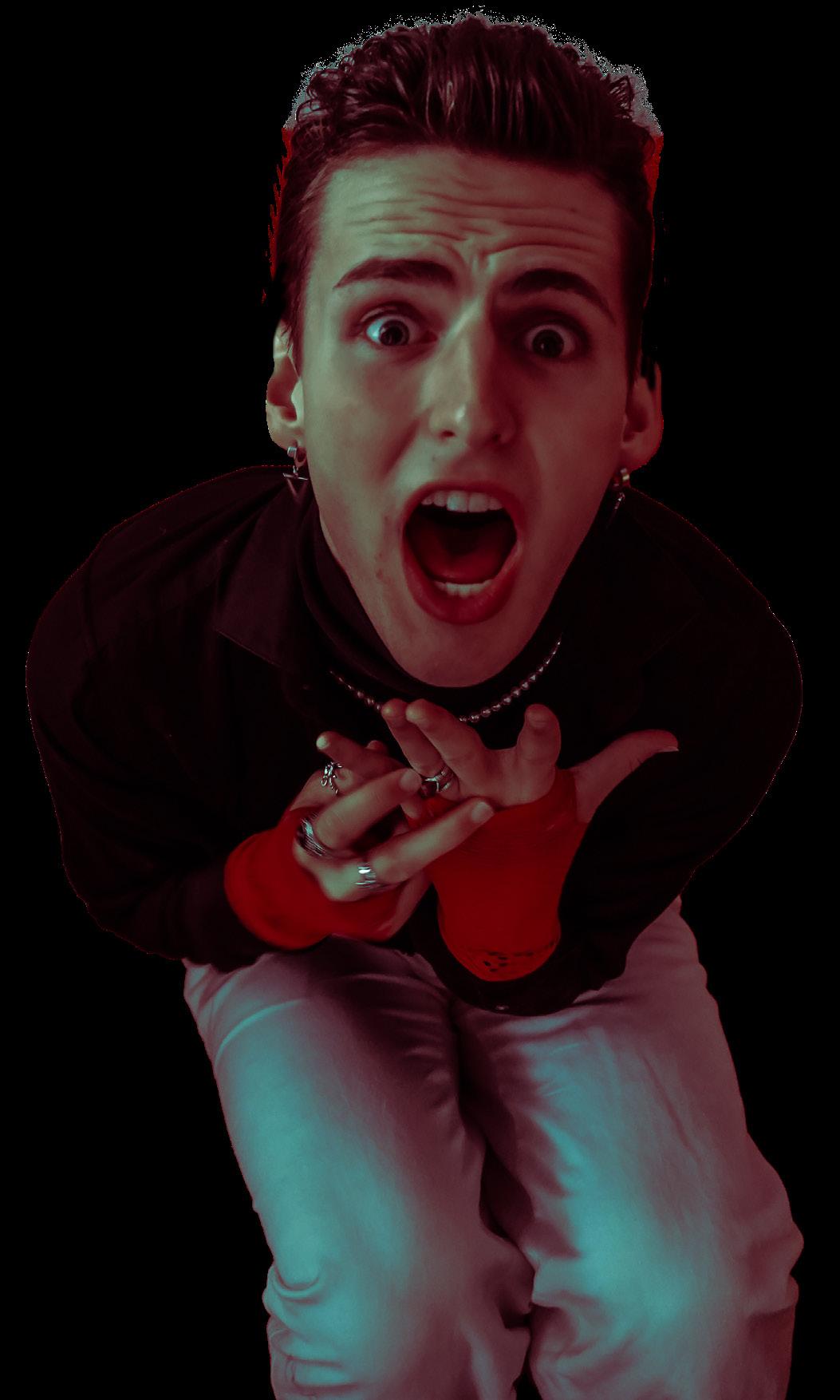
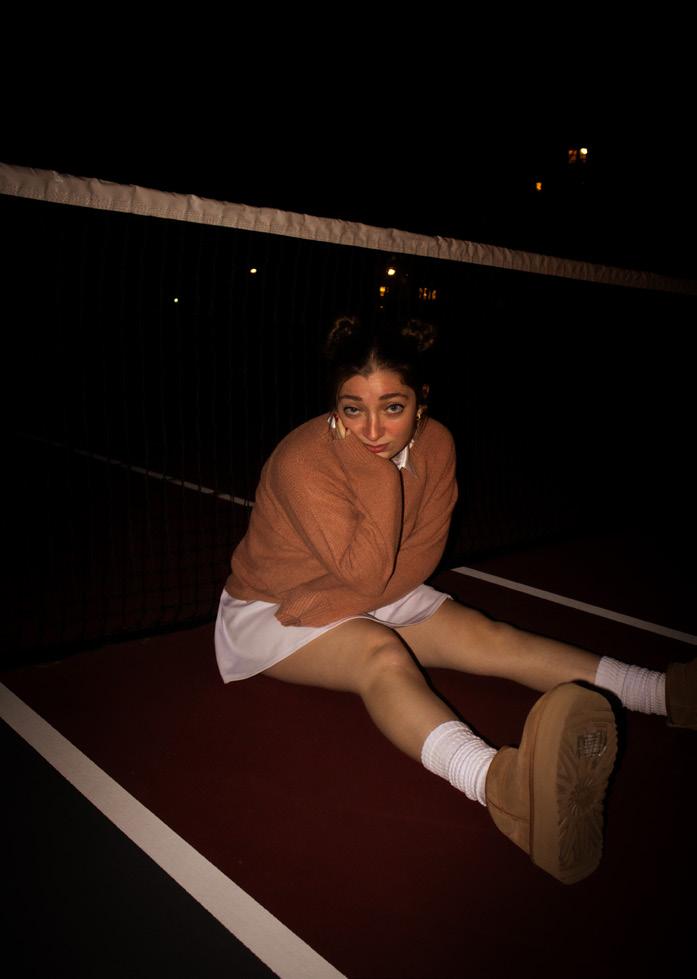
As the trend cycle operates, fashion associated with a specific time period always returns to be adored and replicated. 2014 is having its moment, evoking bittersweet feelings of nostalgia. Nearly a decade later, the soft grunge and “girly” Tumblr aesthetics are having a resurgence in their own ways on social media popular with younger generations, such as TikTok. The social media app Tumblr had a significant influence on the internet at the time, directly
correlating to the popularity of these aesthetics.
The soft grunge aesthetic of the year was characterized by American Apparel, American Horror Story: Coven, Doc Martens, and Lana Del Rey’s Ultraviolence. Whether it be fashion, TV shows, or music, the 2014 Tumblr aesthetic was defined by dark and moody undertones. Popular artists from that era, such as The 1975 and Artic Monkeys, to name a few, have been touring new music and gaining new fans from younger generations, contributing to its popular reemergence on social media.

Tumblr Girls.
By Laura Grogan
Photography & Layout: Elizabeth Sadler
Models: Laura Grogan, Bella Sabino, Melissa Brugmann
Stylist: Emerald Ragan

Seemingly opposite but coexisting at the same time, the girly Tumblr aesthetic of 2014 included Victoria’s Secret Angels imagery, Starbucks, Ariana Grande’s Yours Truly era, and bows. With “Tumblr Girls” by G-Eazy and a 2014 filter currently trending on TikTok, all ages take a liking to the year — whether they wish they were a teen at that time or nostalgic for the time they were. The filter is soft and dainty, replicating a popular filter that may be seen on Tumblr during that era. Additionally, the Victoria’s Secret fashion show returned this year after a four-year hiatus. It seems as though the controversies of that time have been replaced with widespread nostalgia for the whole 2014 era and aesthetic. No matter which one you may identify with more, there is no doubt that these 2014 Tumblr subgenres are having a renaissance a decade later.
TU














































 Illustration by Grace Biesterfield
Layout by Carson Waldron
Illustration by Grace Biesterfield
Layout by Carson Waldron

































 By Sara Morales
By Sara Morales

















 Written by: Lydia Zhang
Written by: Lydia Zhang
















 By Lainey Nguyen
By Lainey Nguyen









